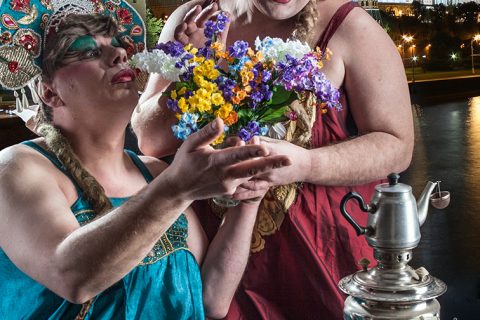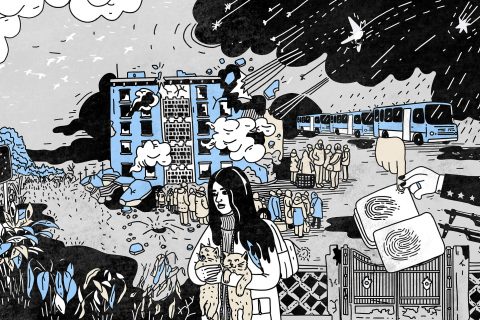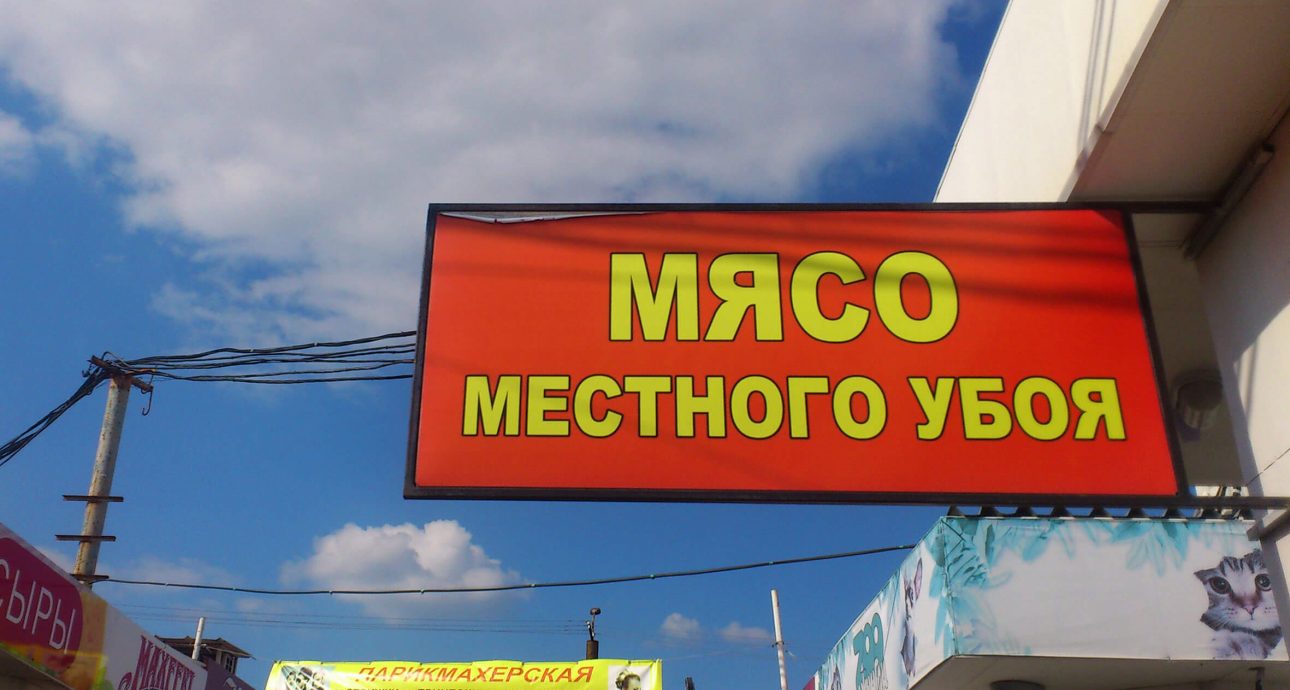
How It All Began: Crimea
On March 16, 2014, a so-called referendum on the status of the Crimean peninsula took place on its territory. On March 18, Putin declared that Crimea became a part of Russia. The majority of countries in the world did not recognize the referendum, and the annexation of the peninsula is considered a temporary occupation. The Russian authorities initially claimed that the armed men in Crimea were not soldiers of their army, but later admitted the obvious facts. That same spring, the Russian-Ukrainian war began in Donbas, which in 2022 became full-scale. Today, Ukrainian politicians say that the war will only end when the entire territory of the country, including Crimea, is liberated. In other words, “it all started with Crimea, and it will end with Crimea.”
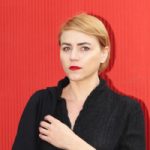
Ukrainian photographer. Exhibited in Italy, Sweden, Great Britain, and Ukraine.
— I hate this series, I don’t like it at all, it’s not aesthetically pleasing to me. Just recently, I managed to open and view these photographs. During that period in Crimea, I didn’t want to photograph anything, not even because it could be dangerous. But a friend suggested that I try to capture what I saw around me, so I really did try.
I took pictures of what bothered me the most, like tricolors, for example. And now, as I review these photos, I see how depressed and apathetic I was at the time – in complete disappointment. I worked on this series during the spring-summer, maybe even at the beginning of autumn.
I was taking pictures of what annoyed me the most, like, for example, tricolors.
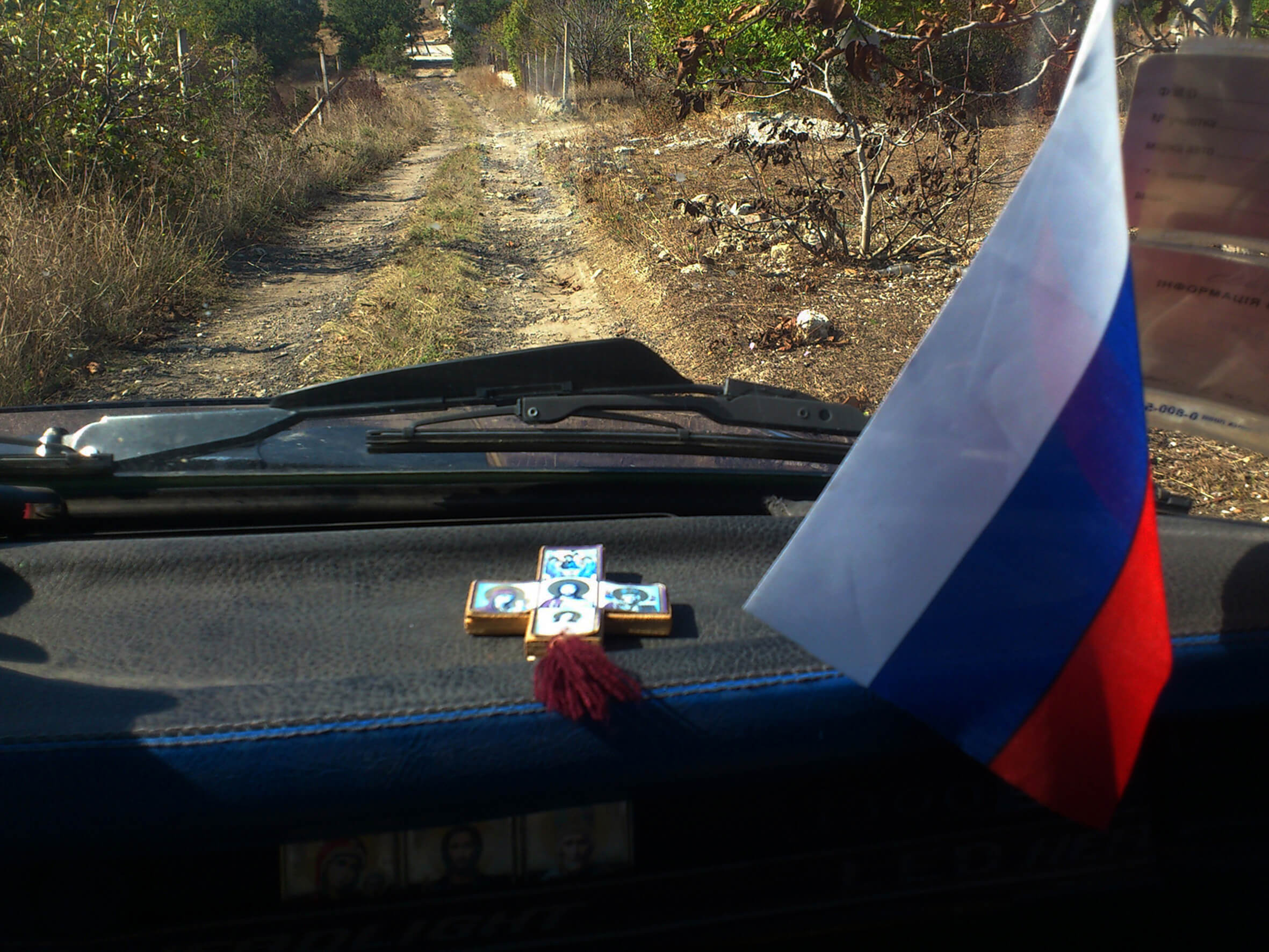
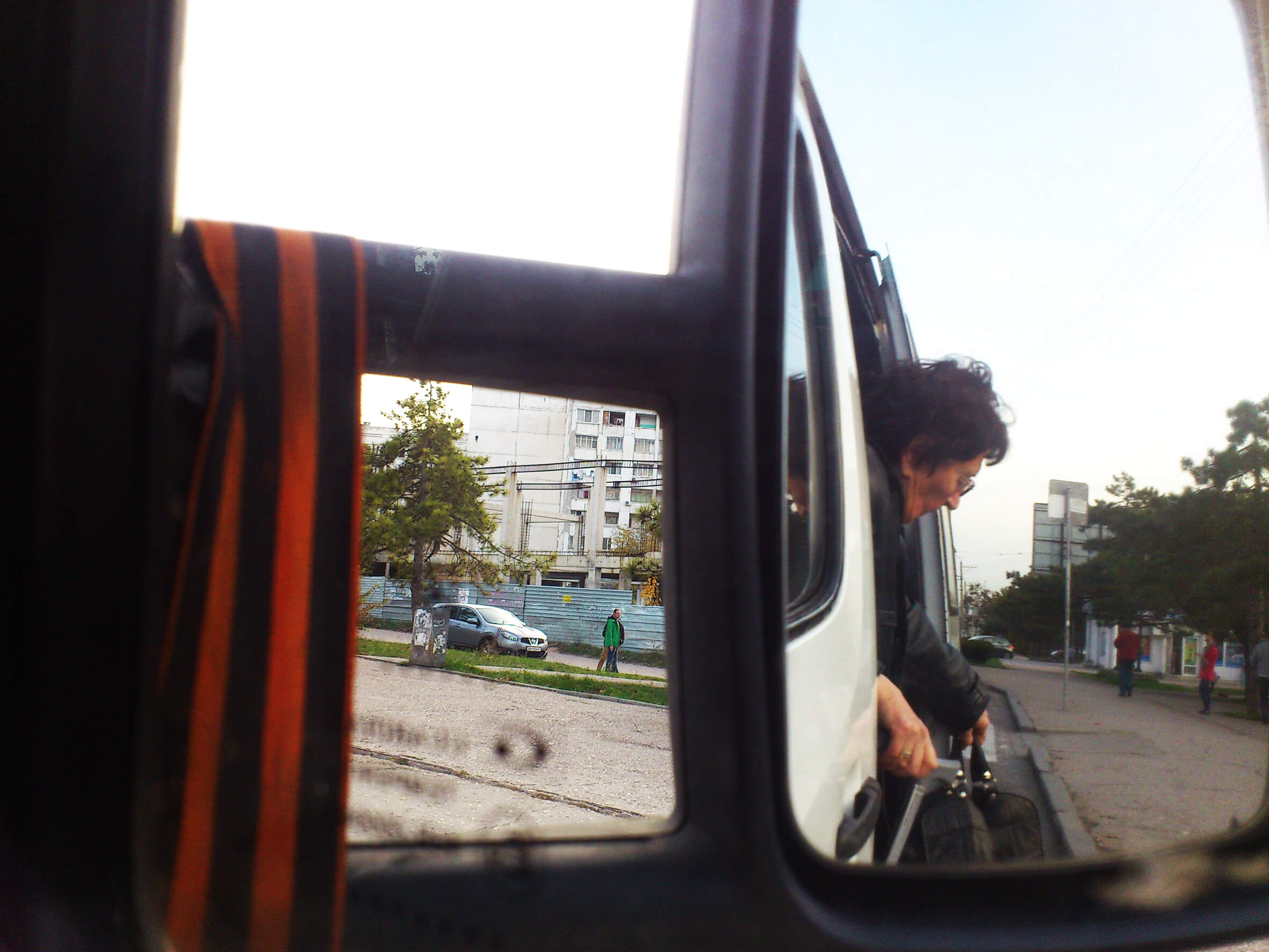
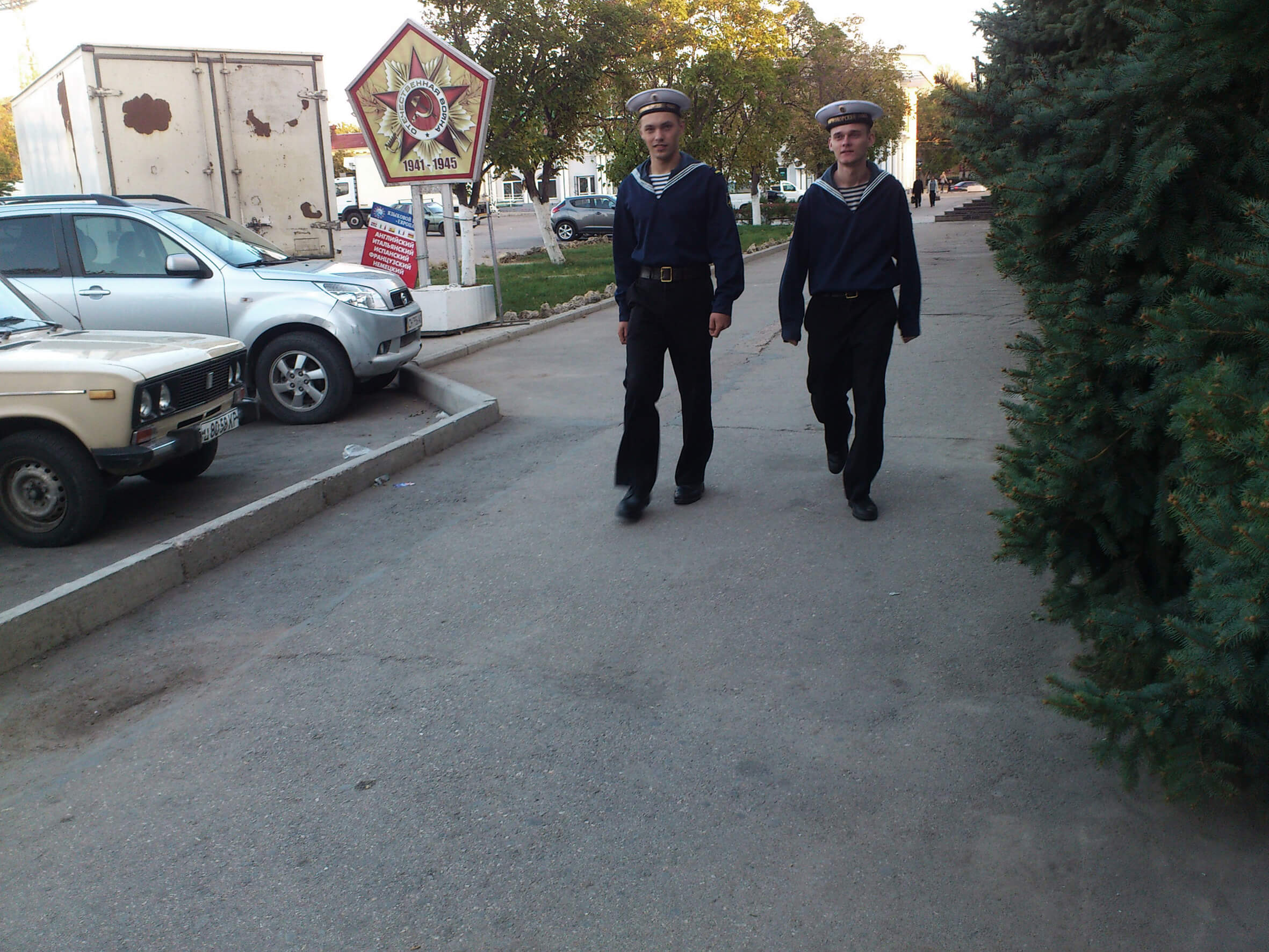
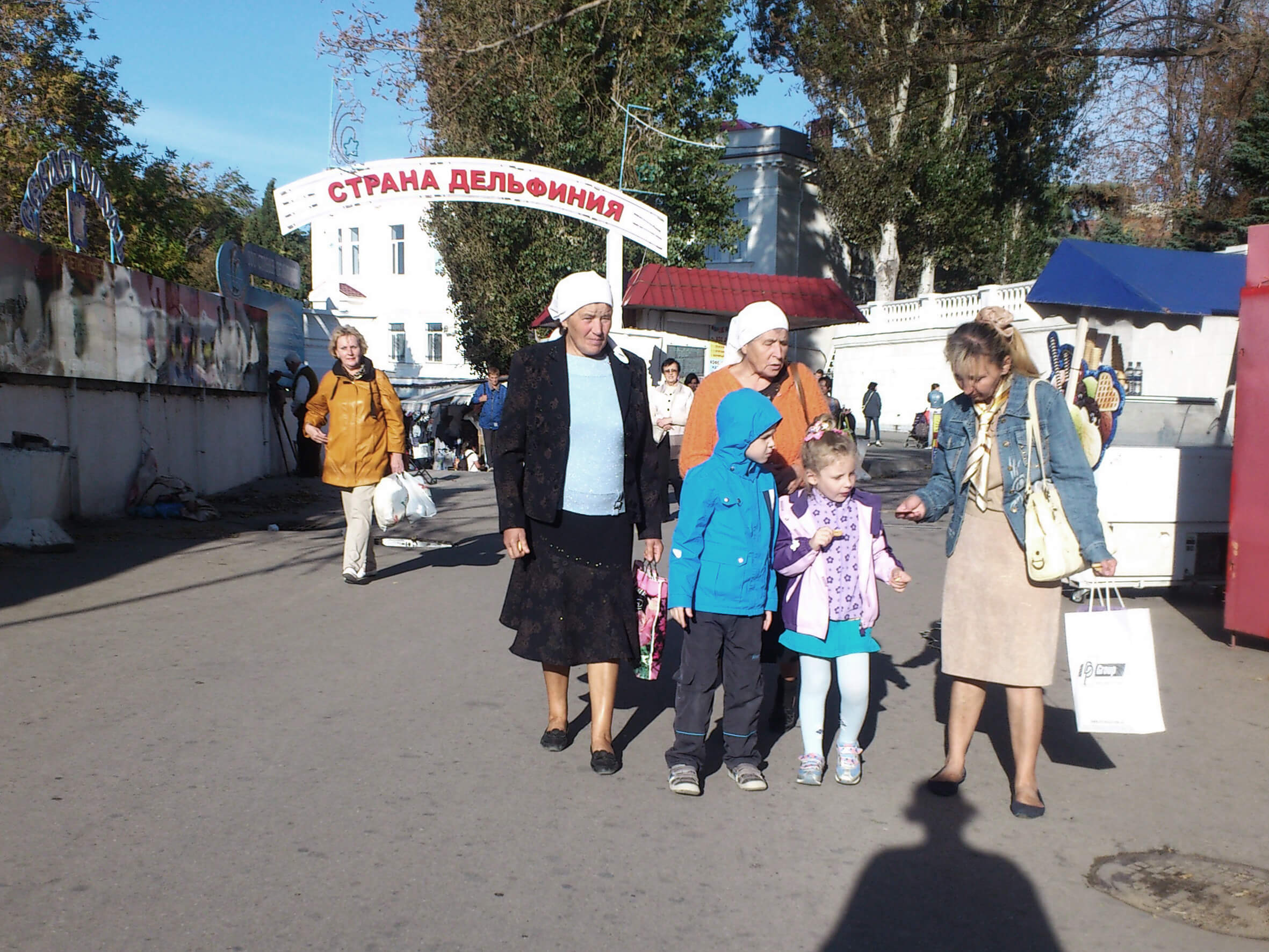
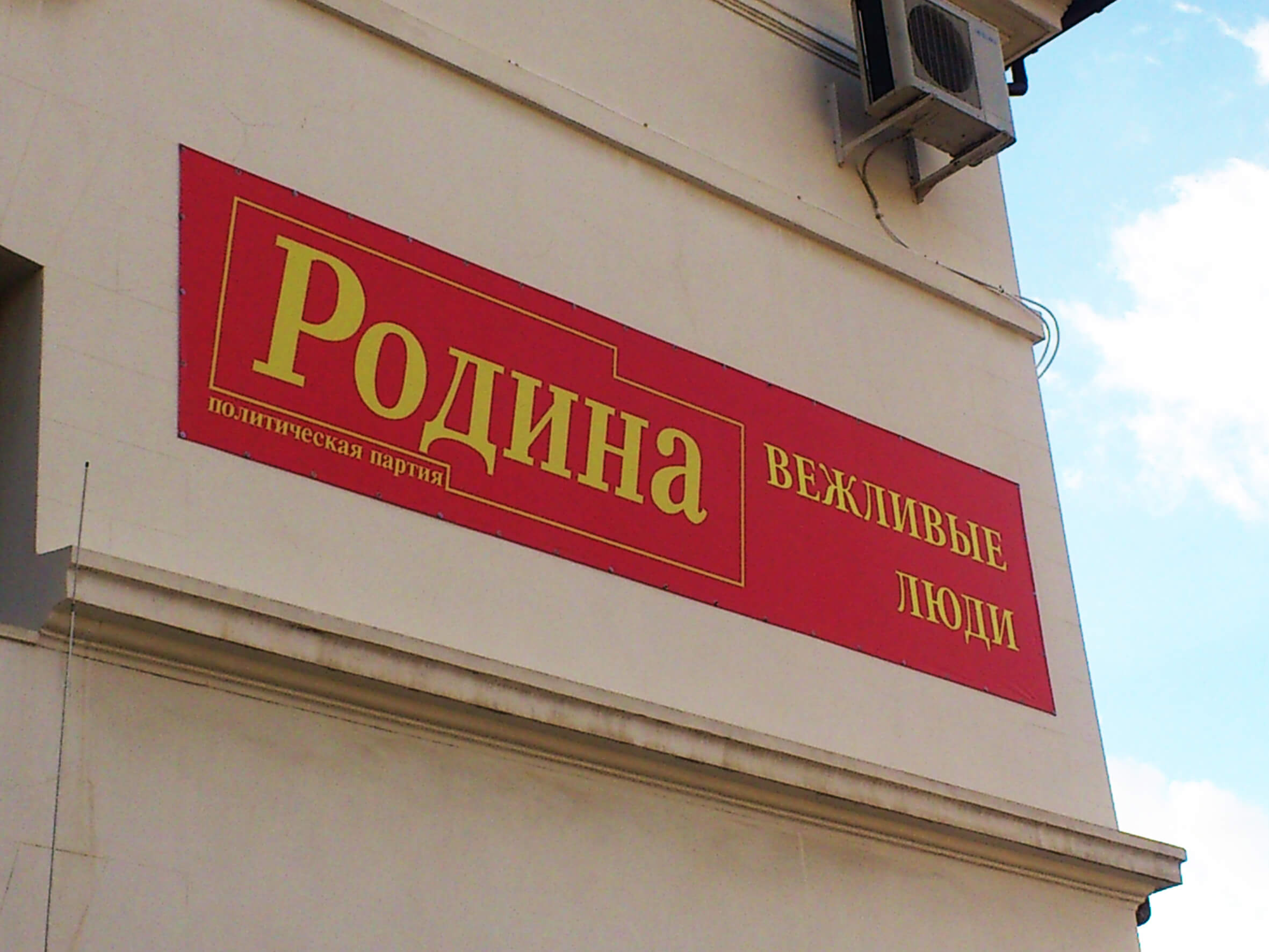
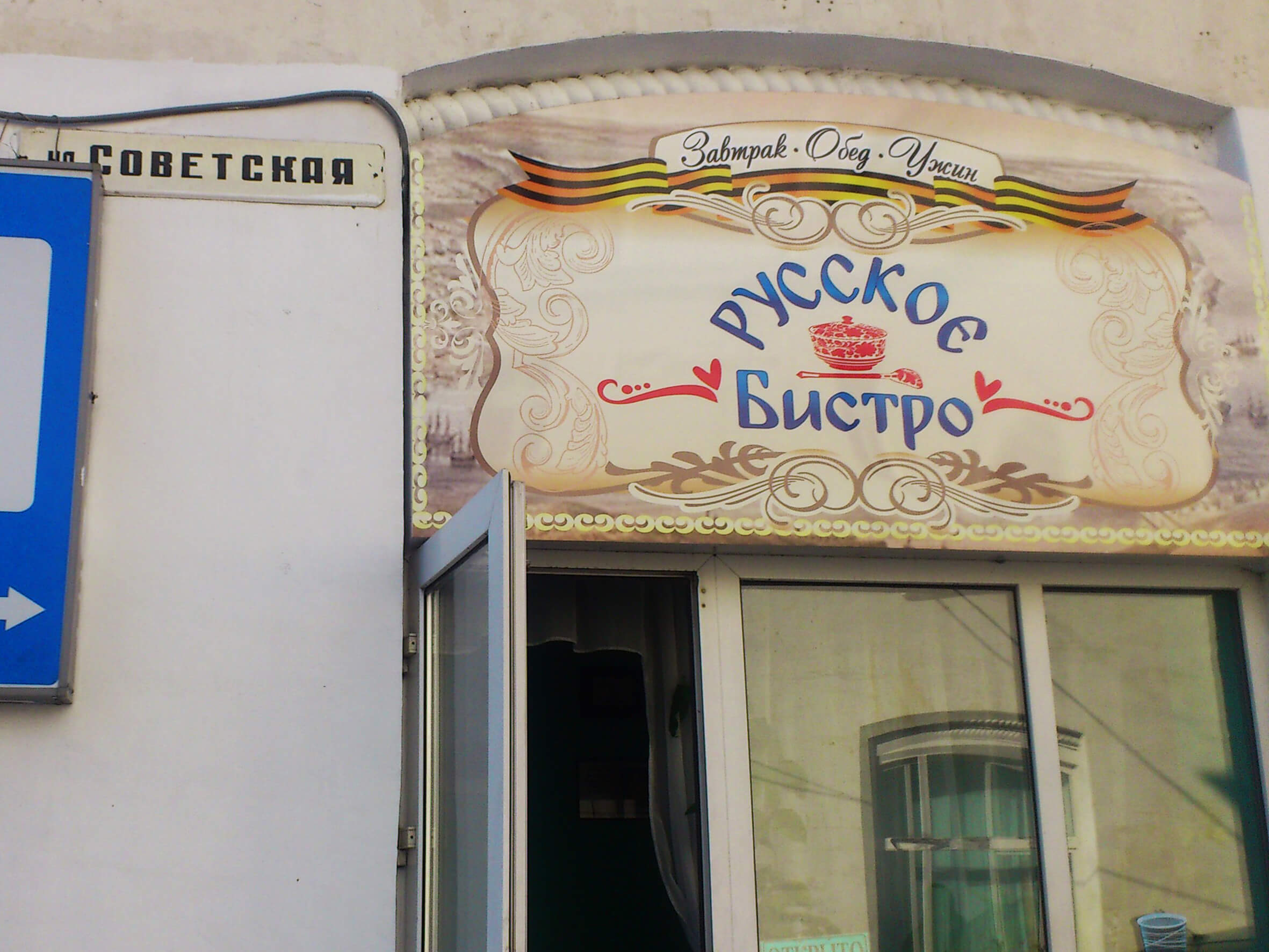


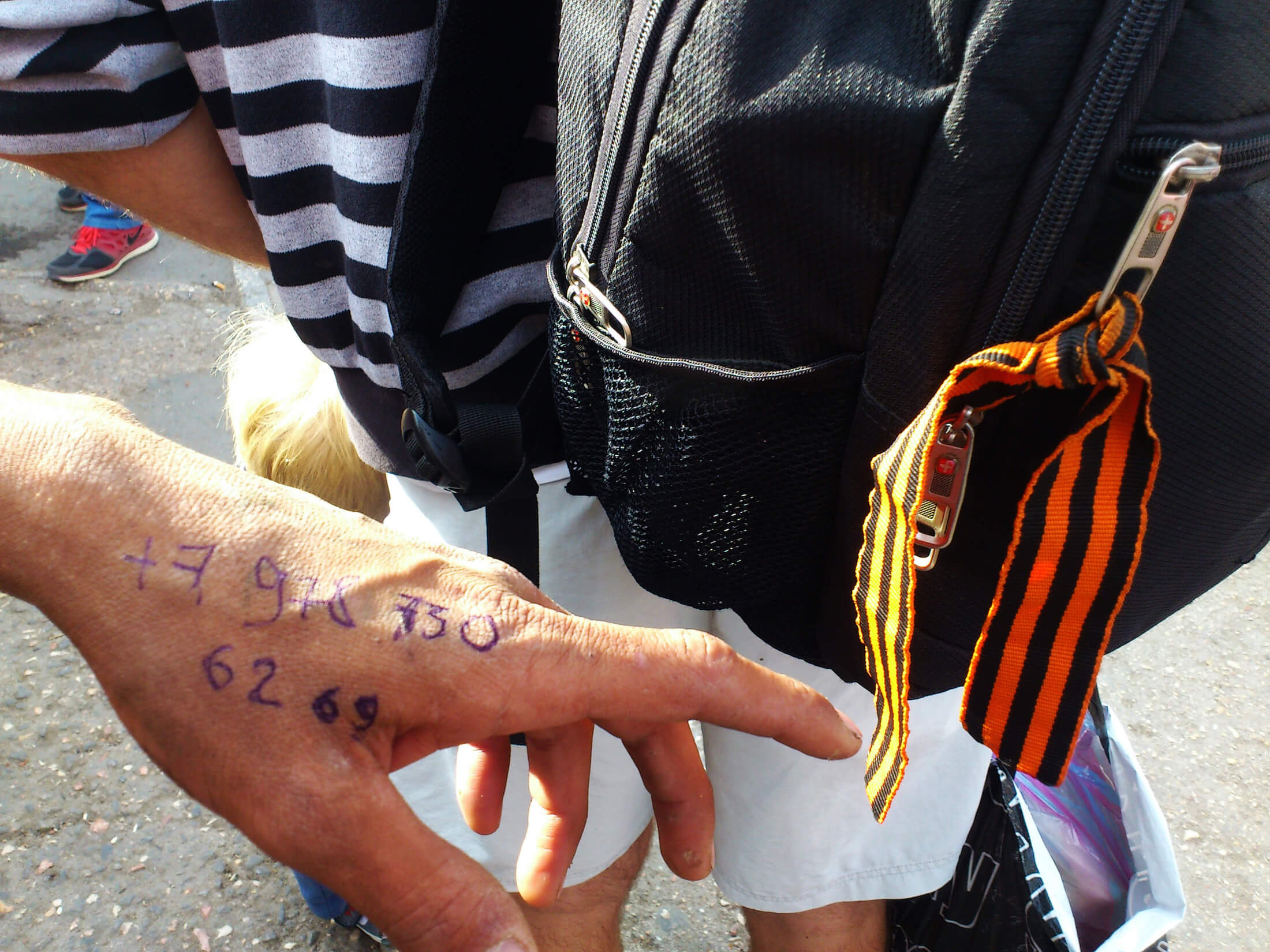
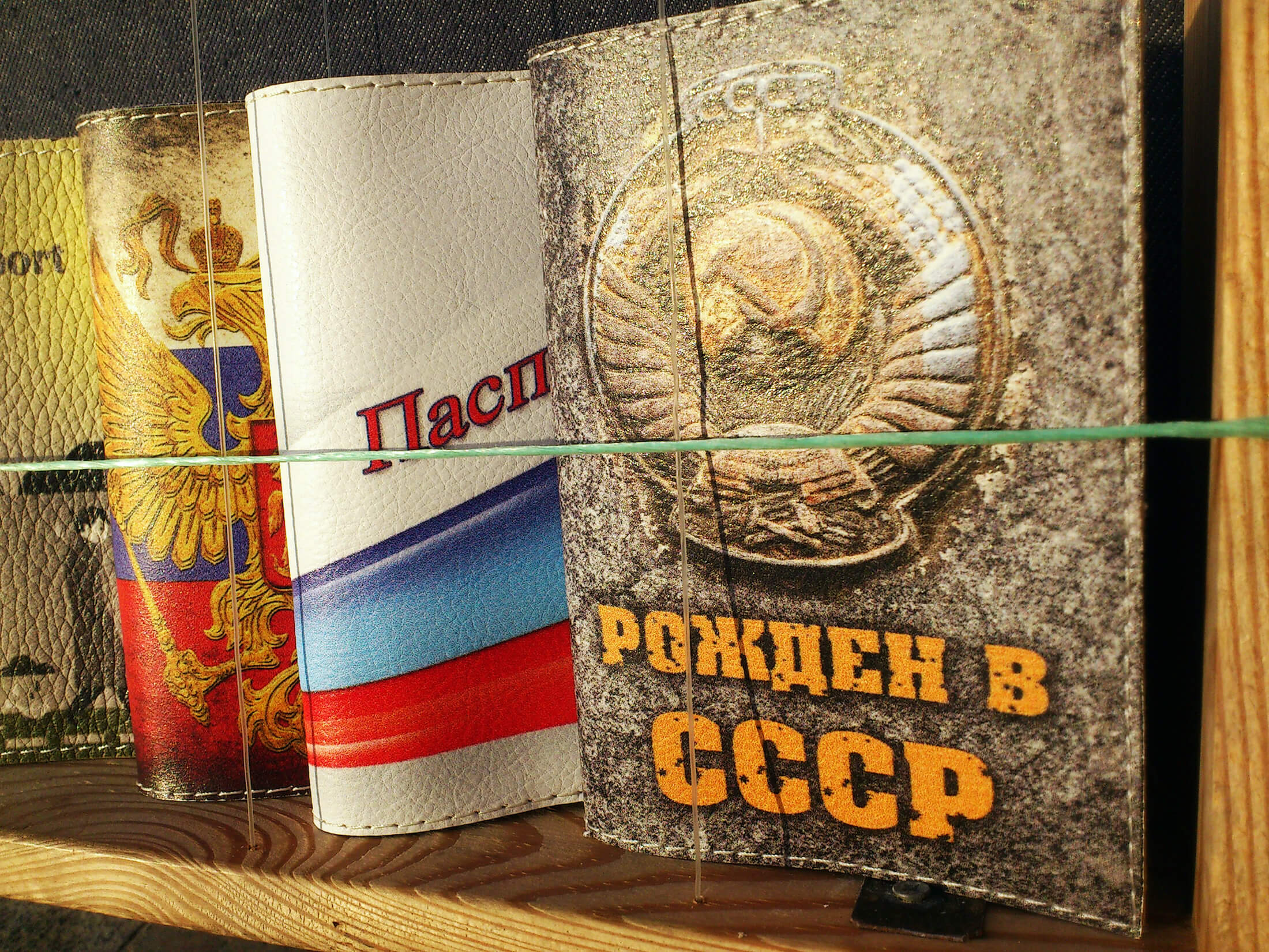

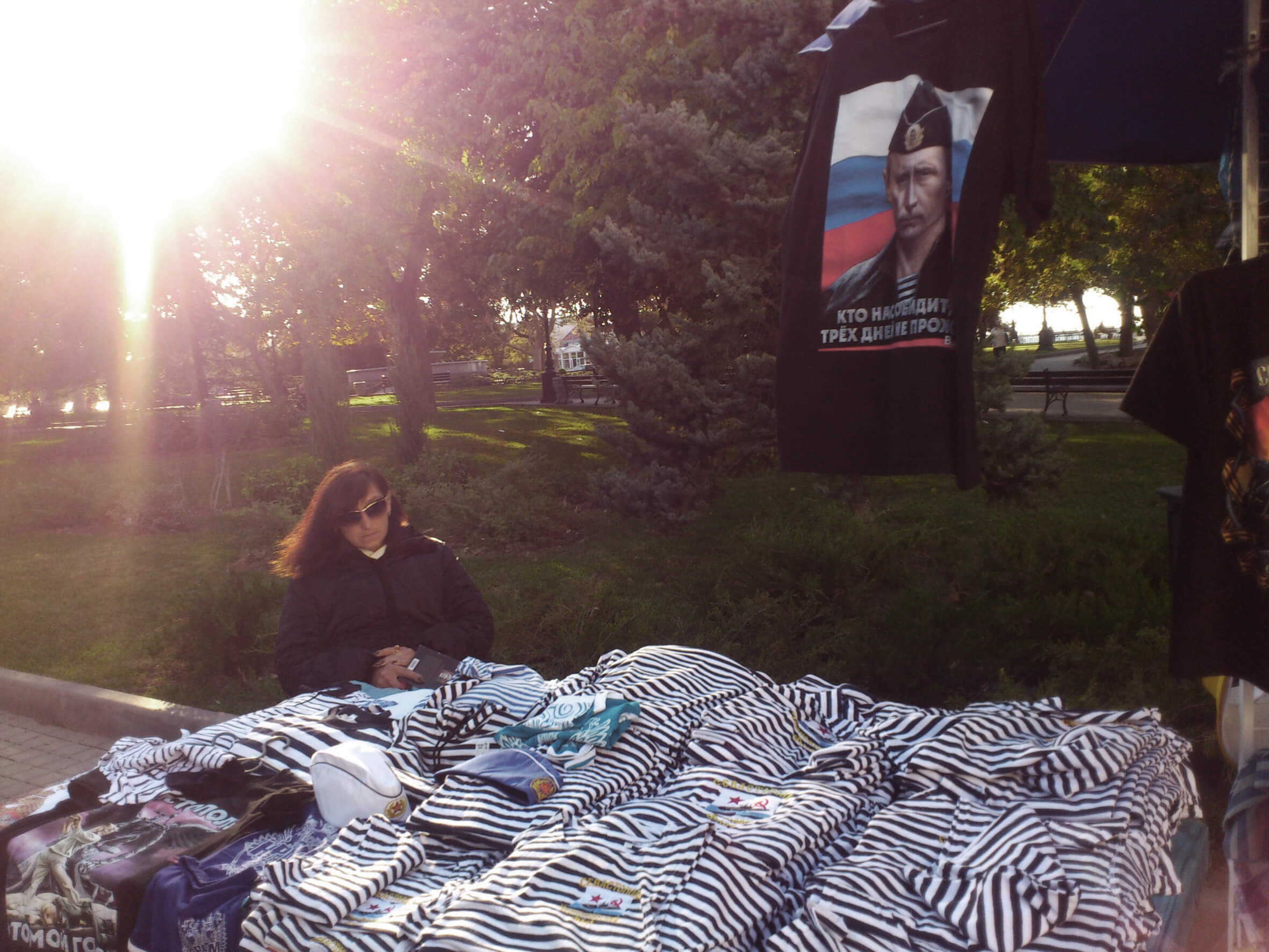

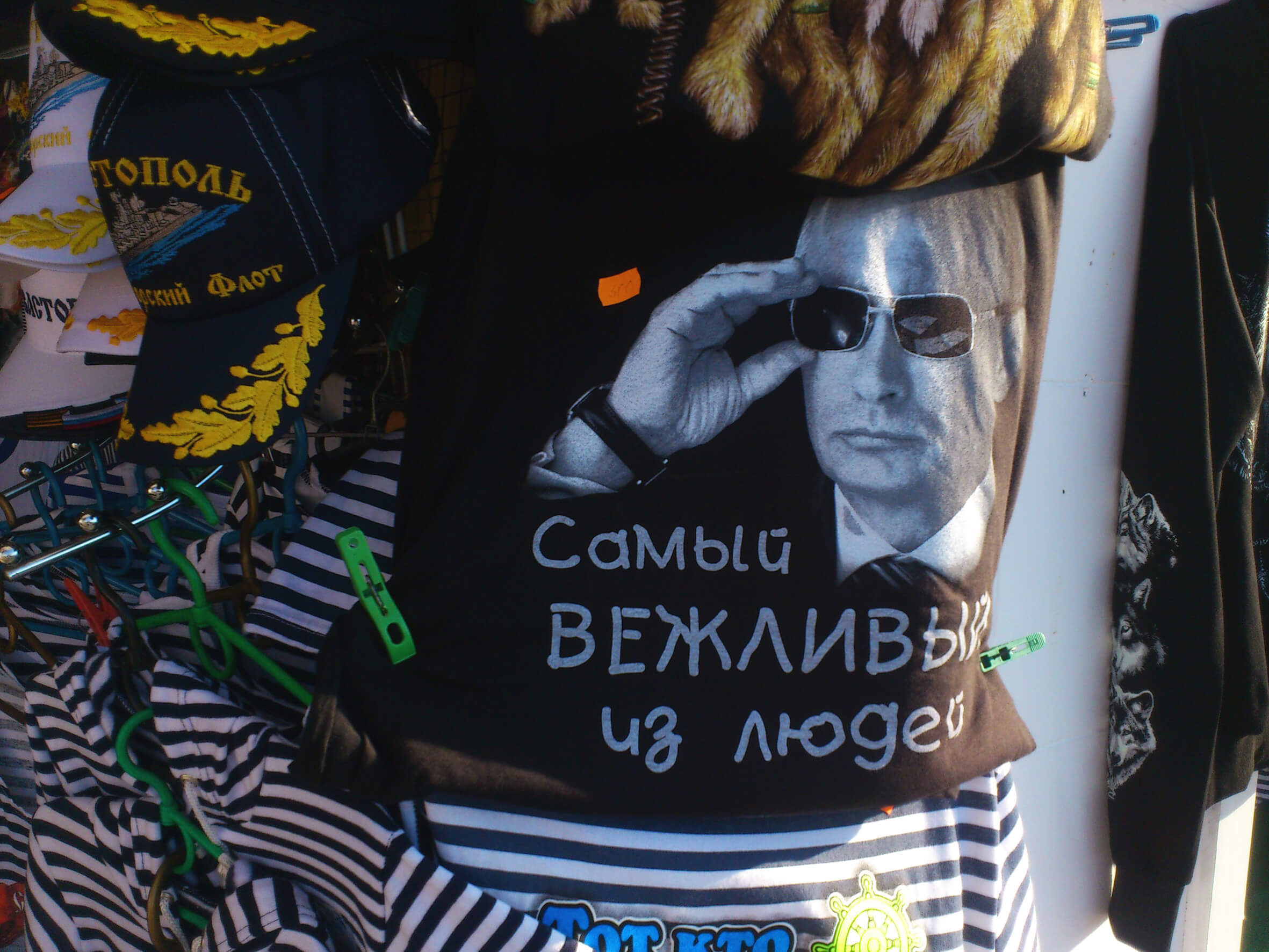
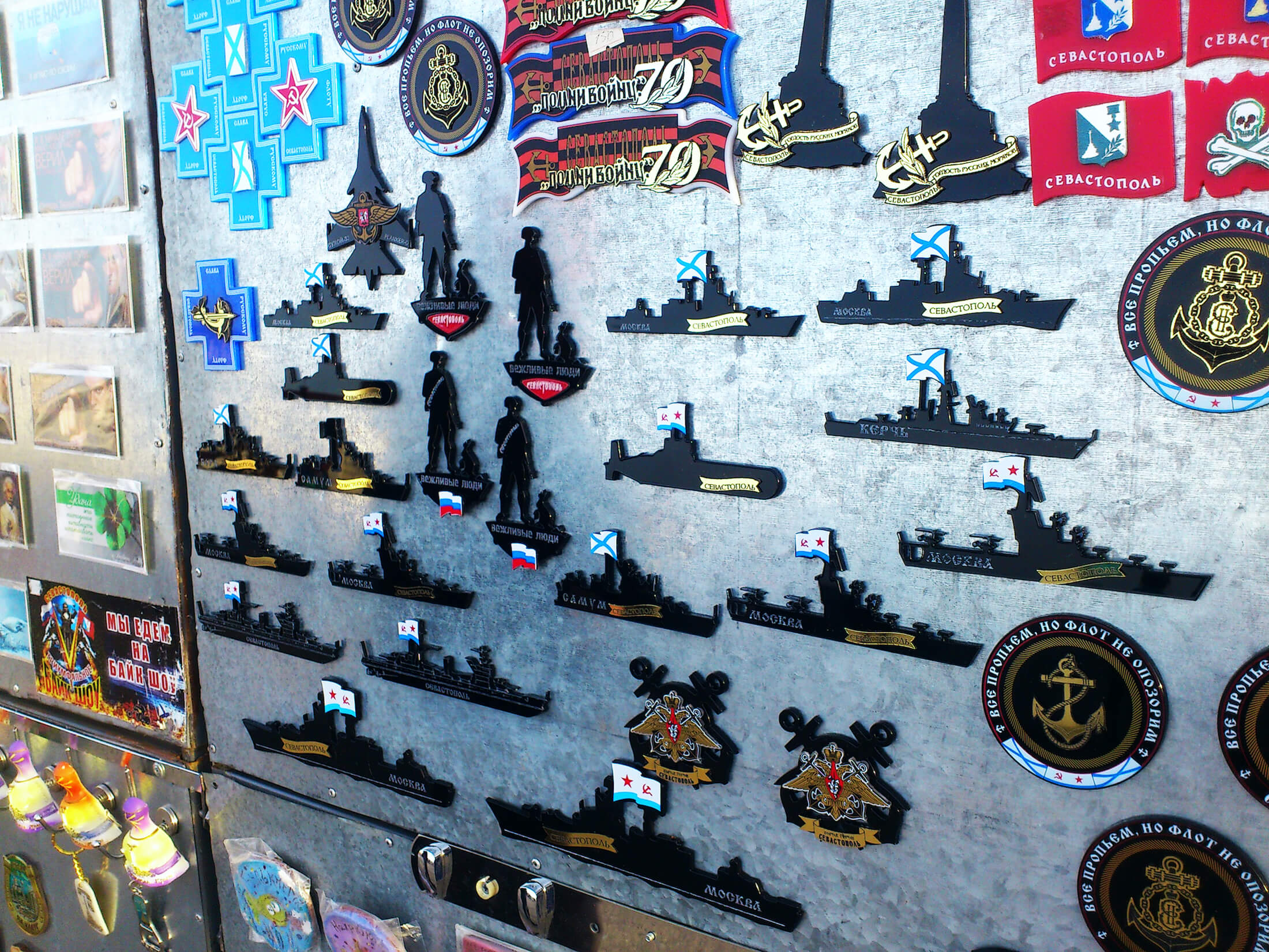
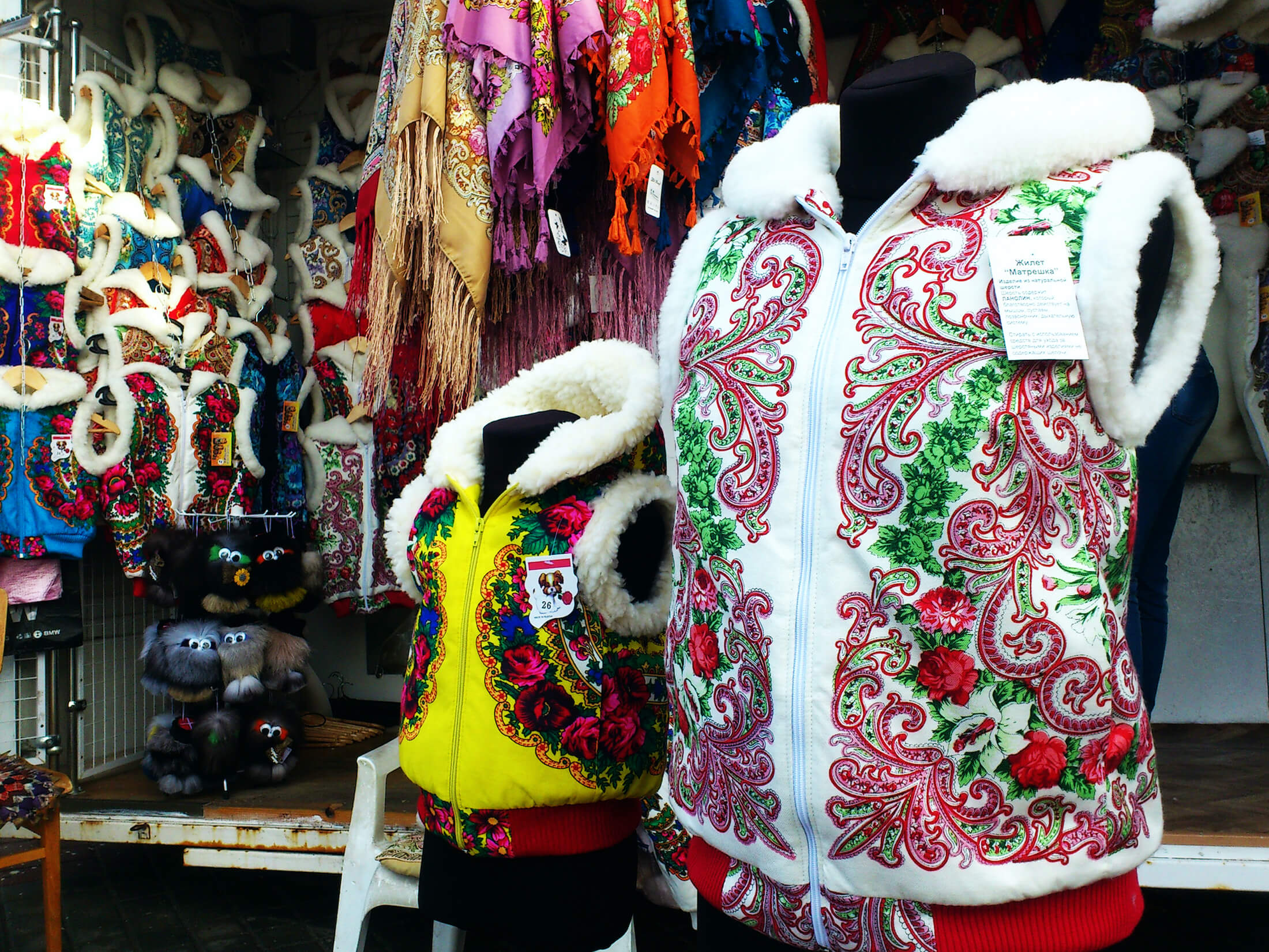
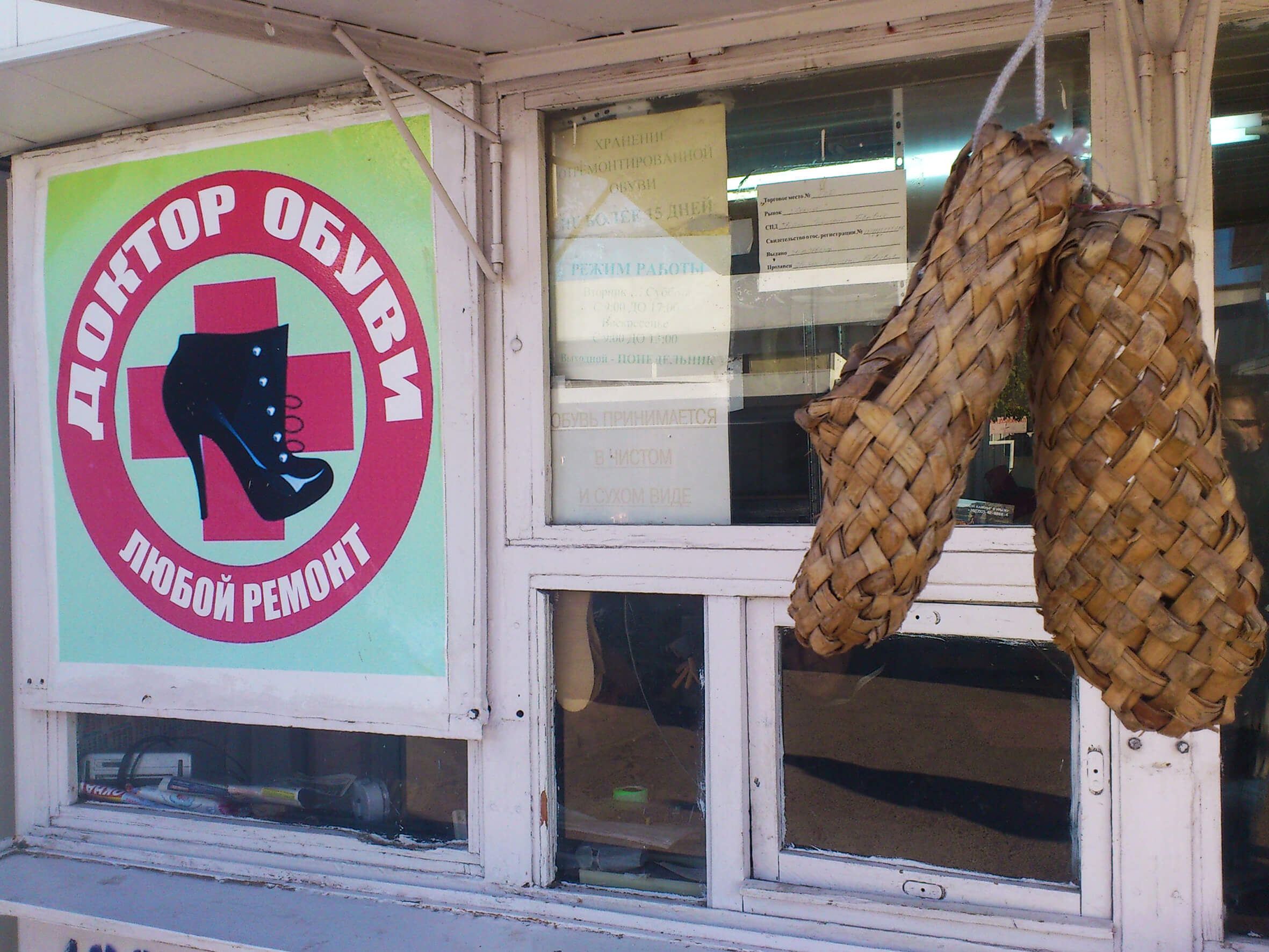
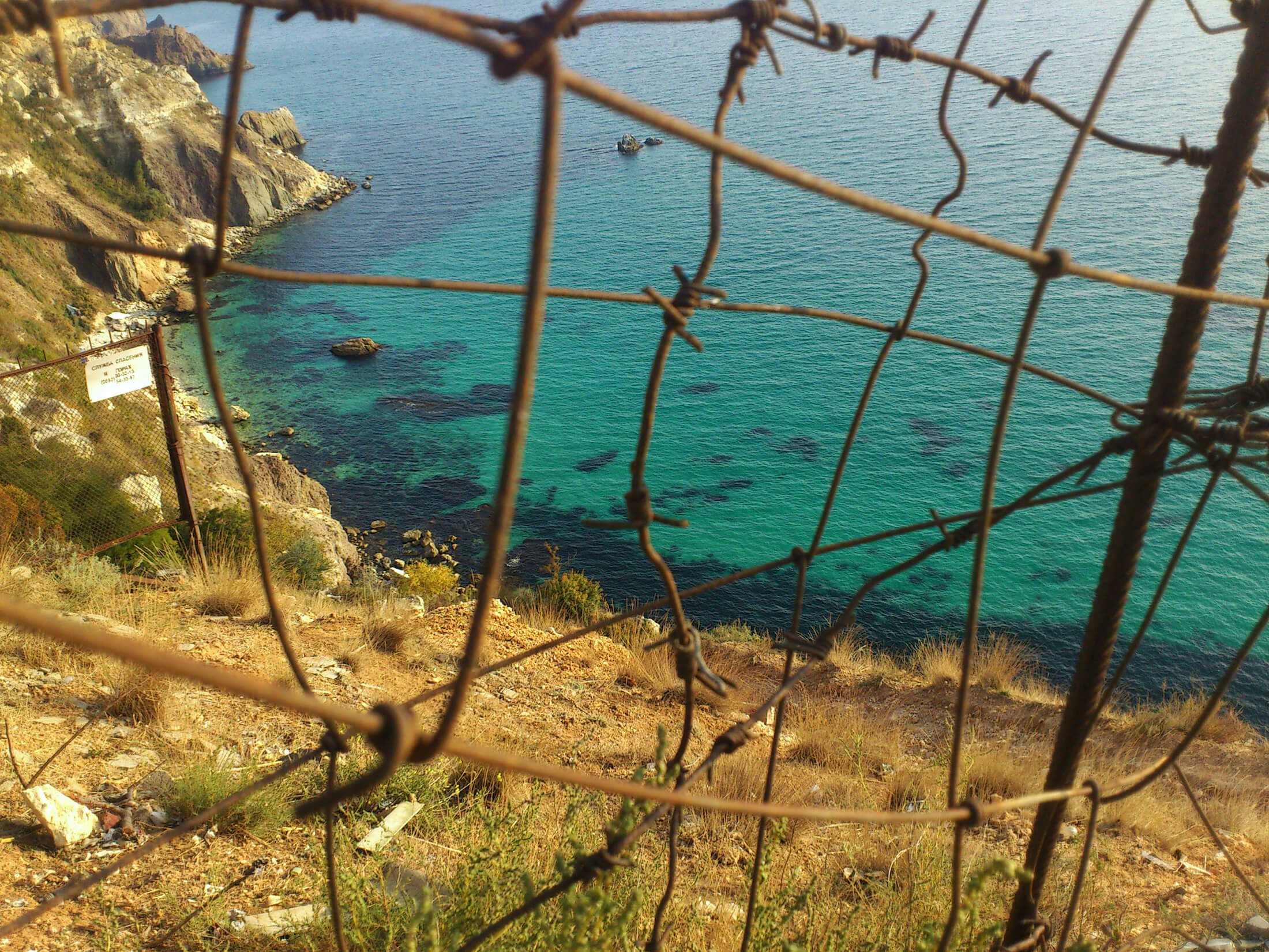
Of course, back then in Crimea, it would have been possible to capture much more shots, such as at the referendum celebration – a terrible spectacle. But I didn’t do that kind of shooting. I didn’t set myself any specific task and didn’t think that these photos would ever be published. I didn’t take them for anyone. Now I regret it because I could have done much better.
Then in Crimea, it would have been possible to capture much more vivid shots, for example, during the referendum celebration – a terrible spectacle.
If I had a camera, maybe someone would pay attention to me, but with a phone, I could take pictures of anything – no one cared.
I have a great affection for the peninsula and deeply miss it – for its nature and the sea. Those Crimean acquaintances of mine who were happy then with Russia are now in Europe, and I feel nothing but disgust for them. Now they say they want to live in a free Ukraine, but they are not going to do anything for it. That’s why memories of Crimea now cause me not so much pain as feelings of disgust. I feel pain for Kherson, as it continues to be destroyed, and that’s where my home and my parents’ home are.
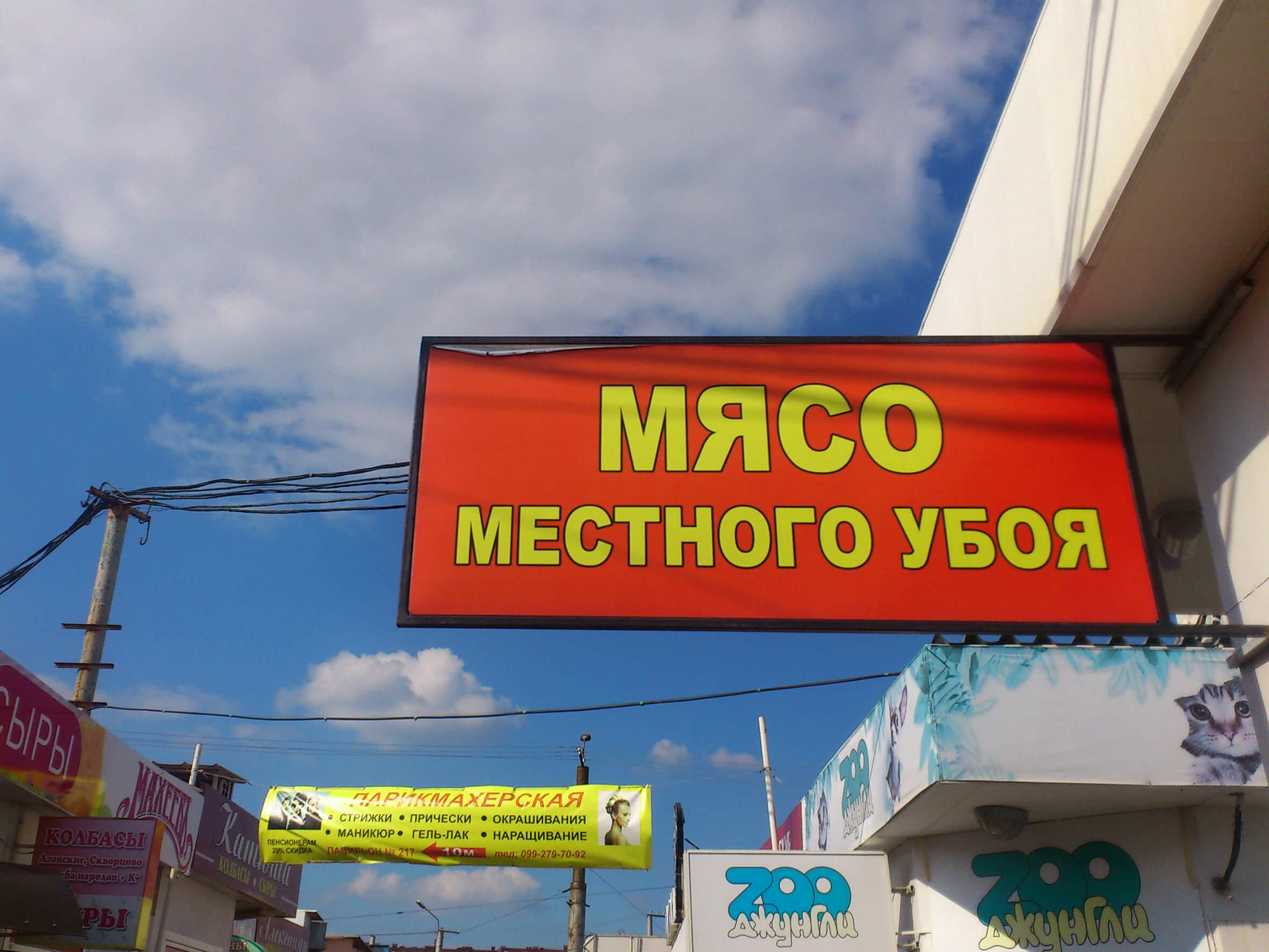
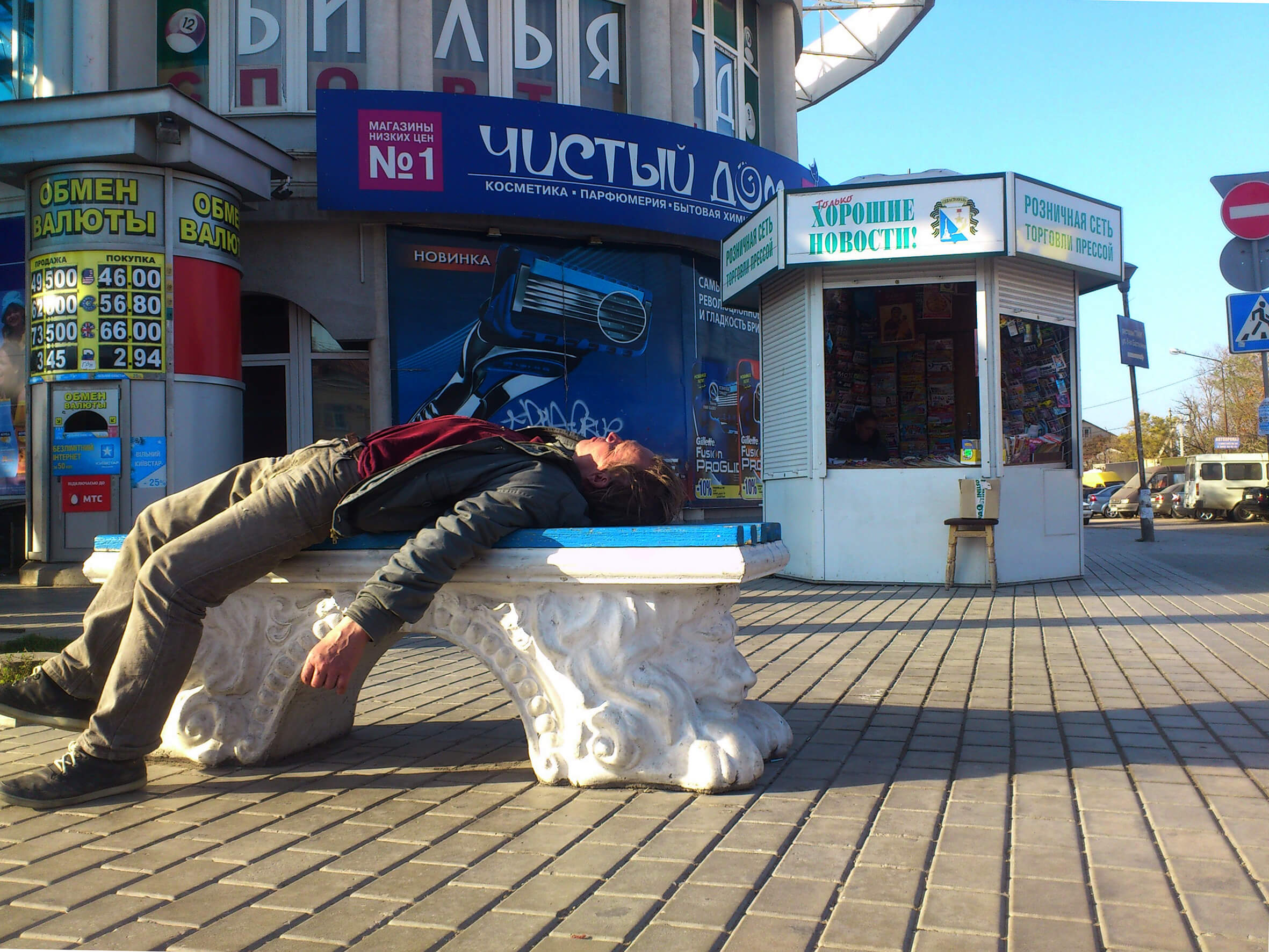
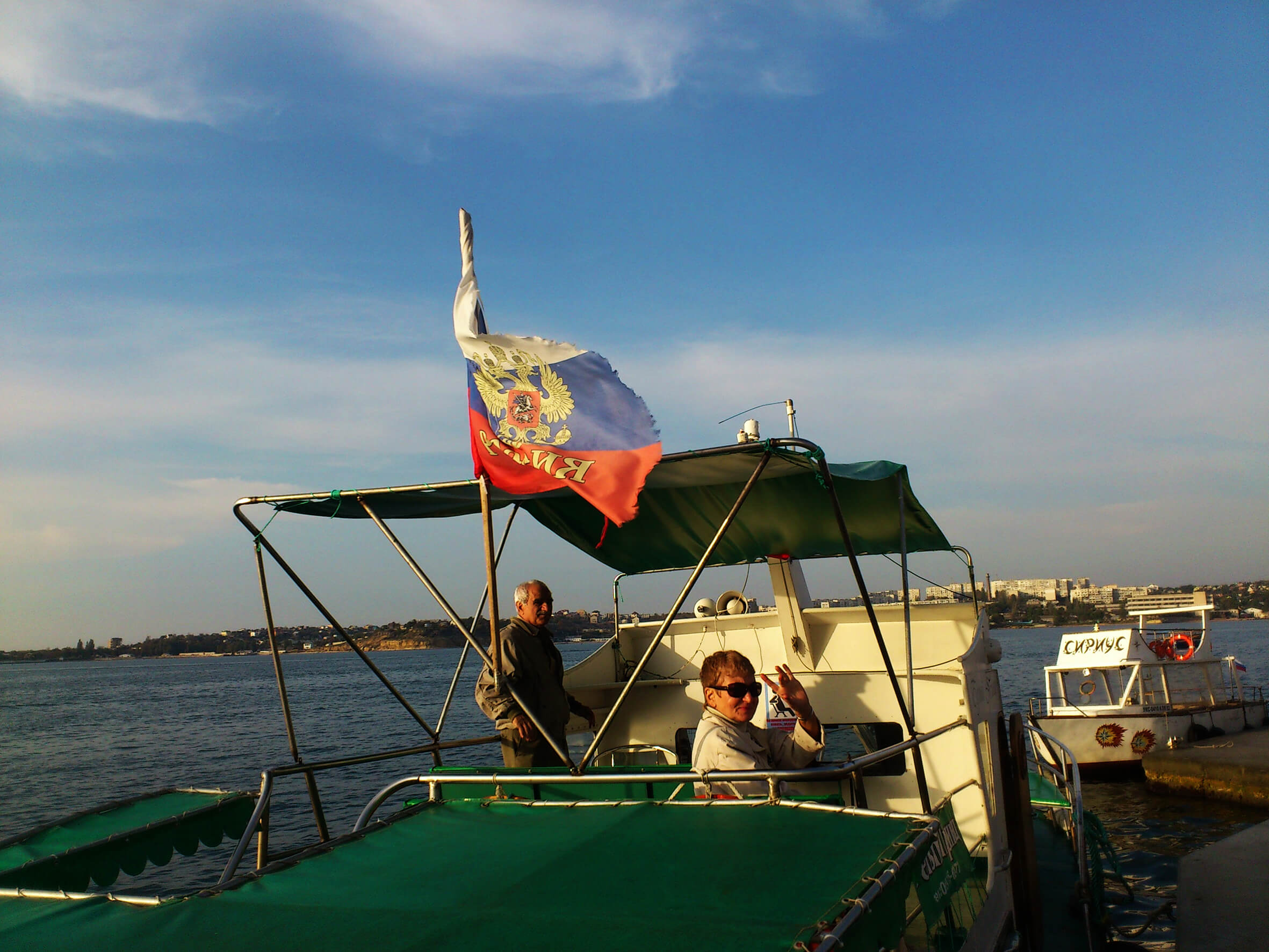
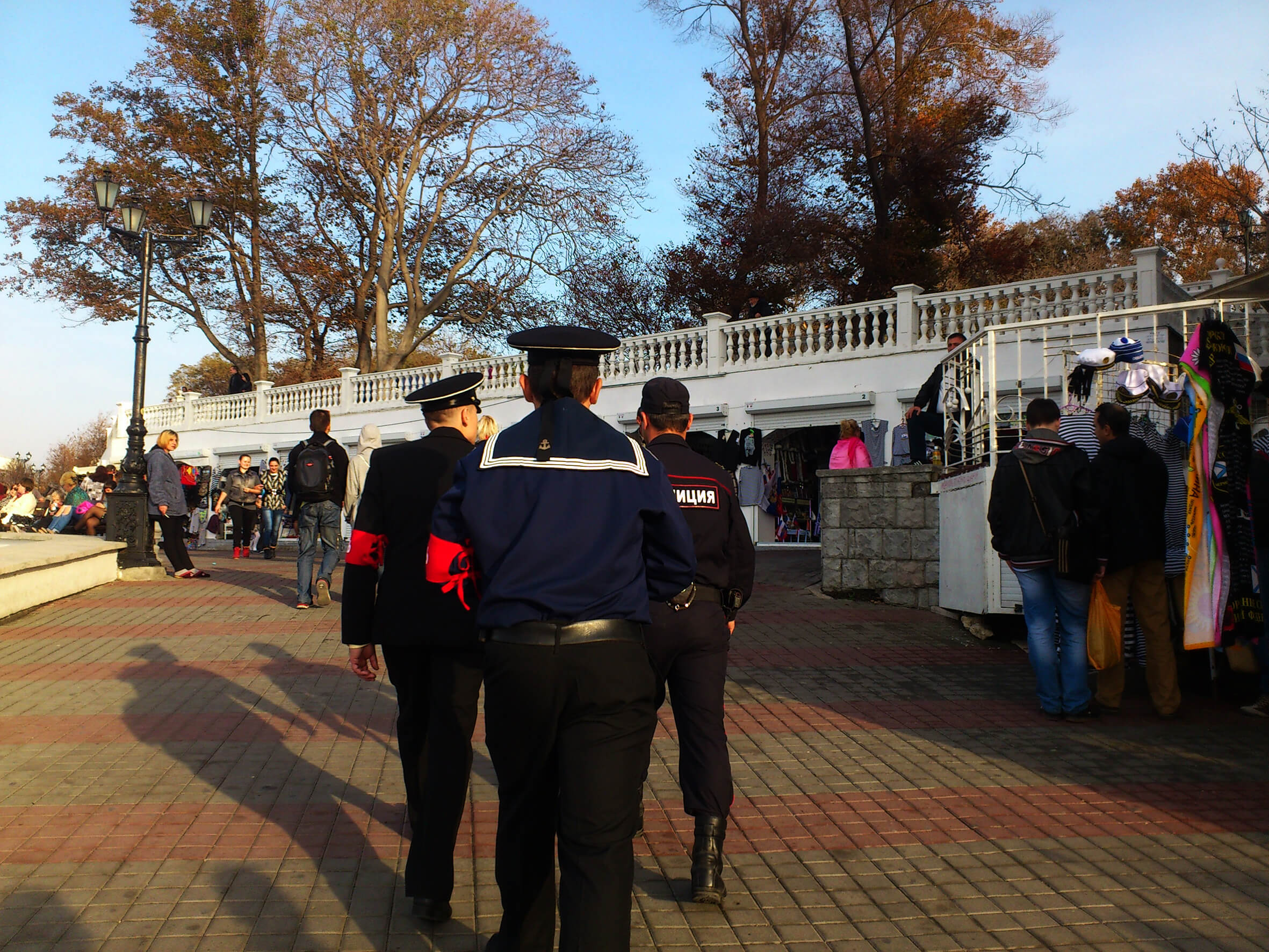
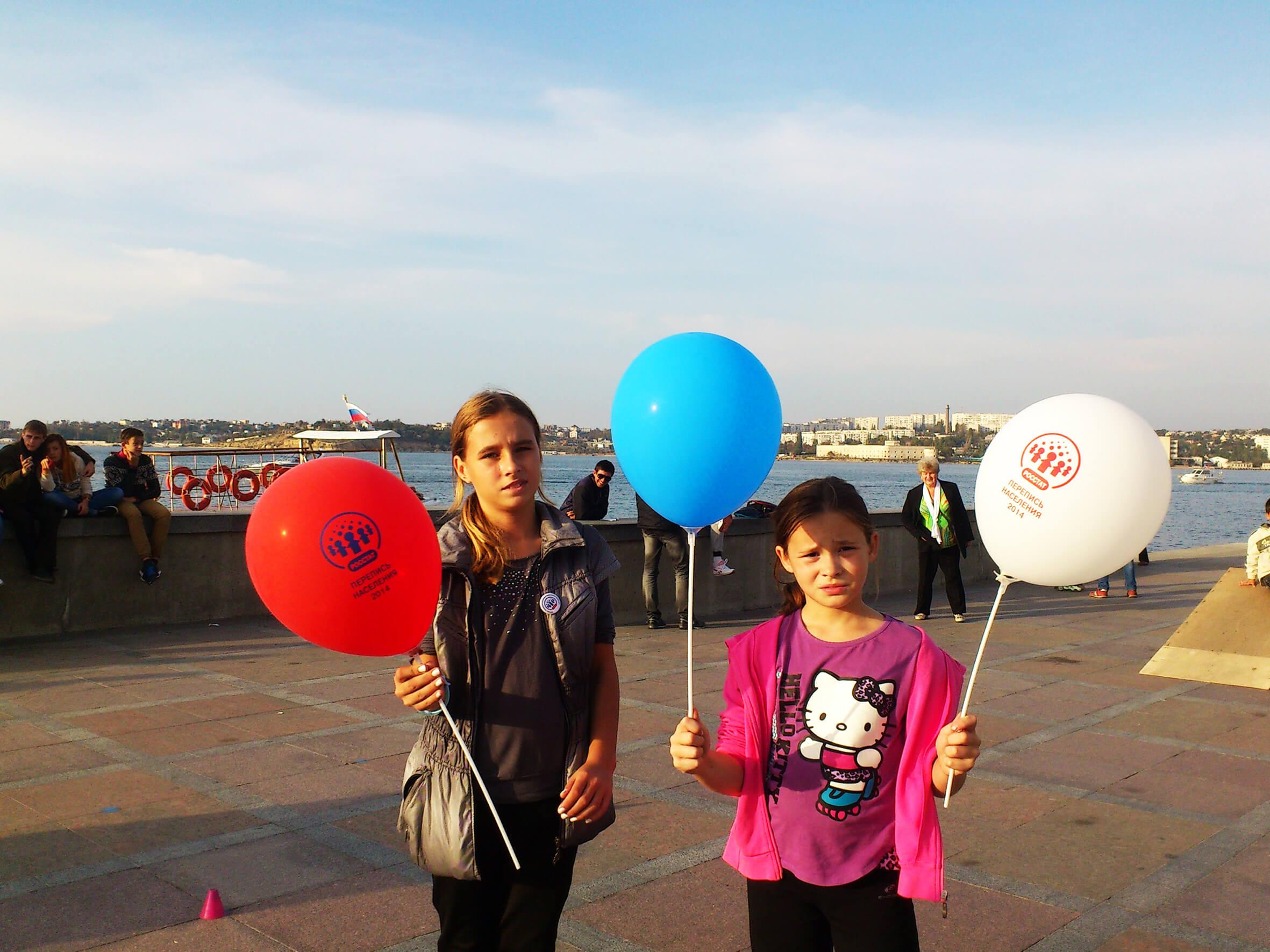
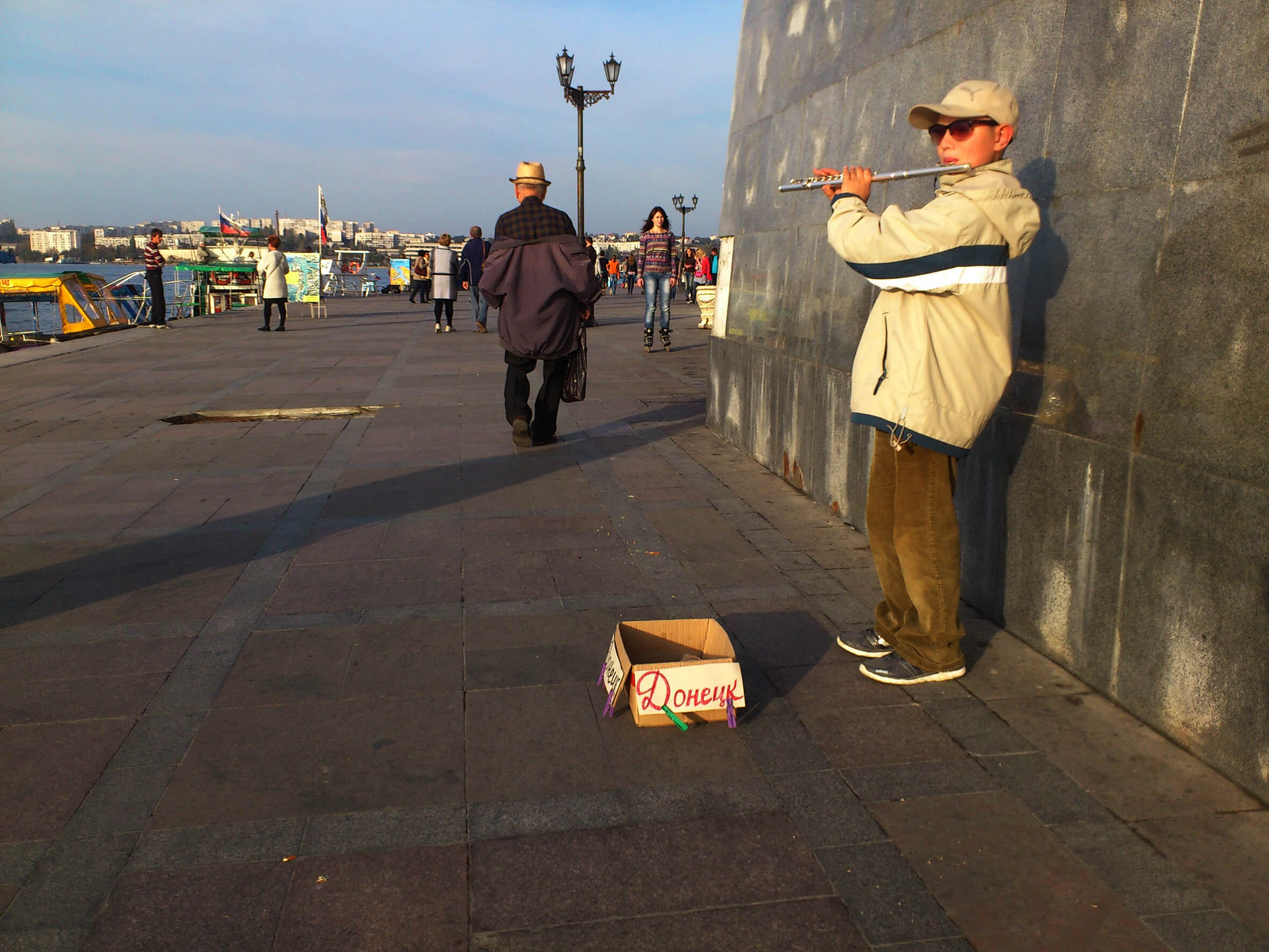
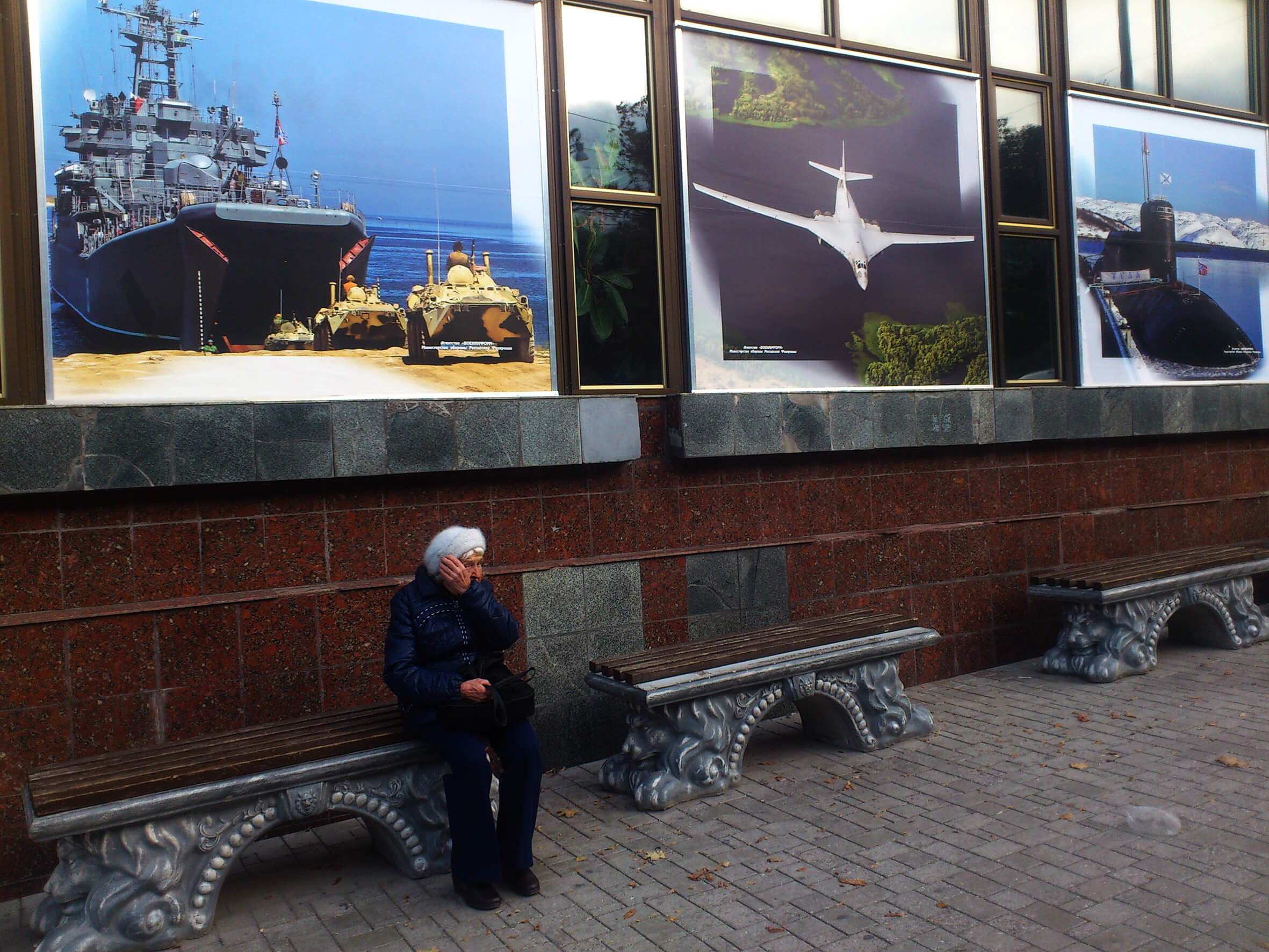
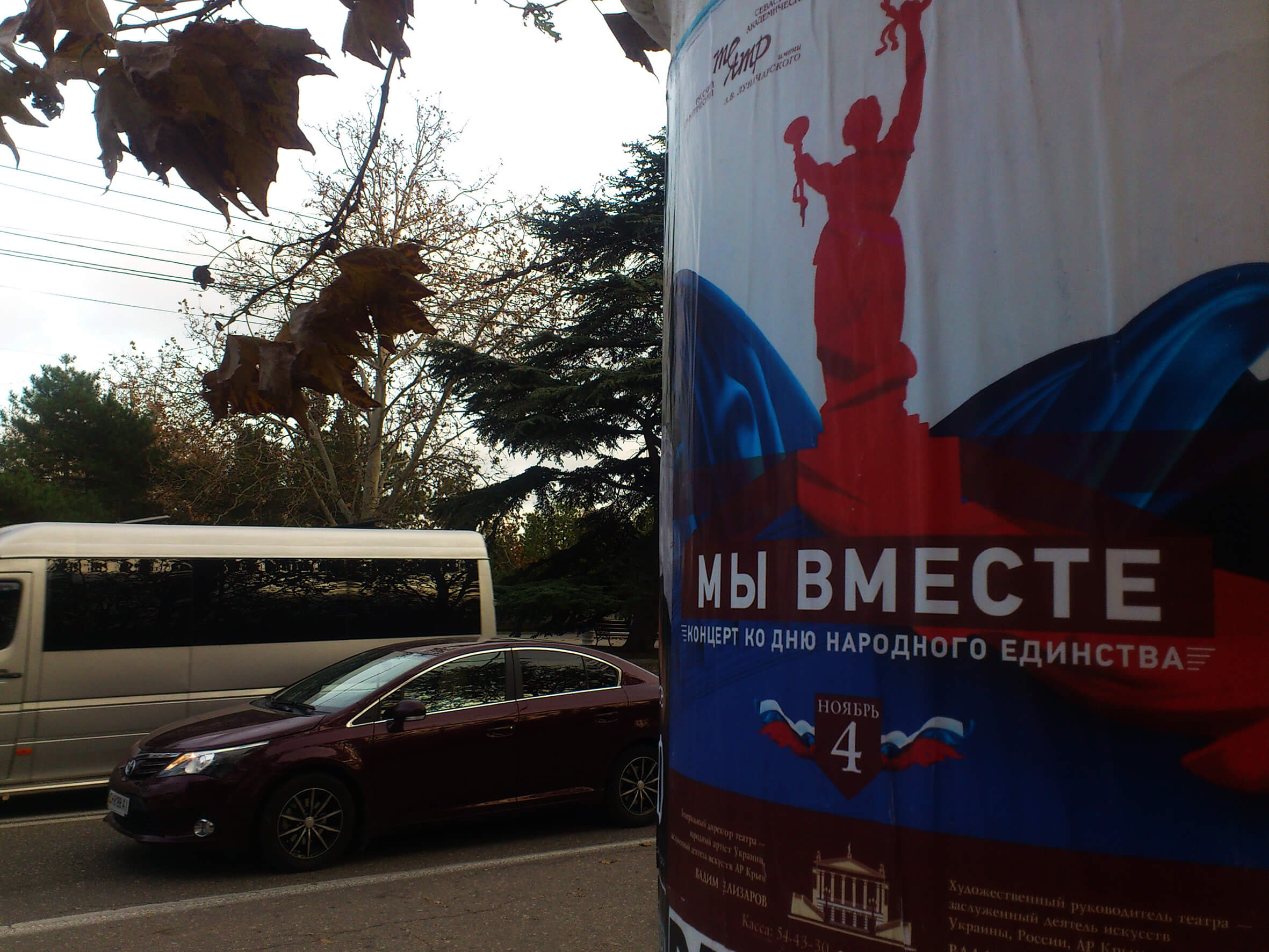
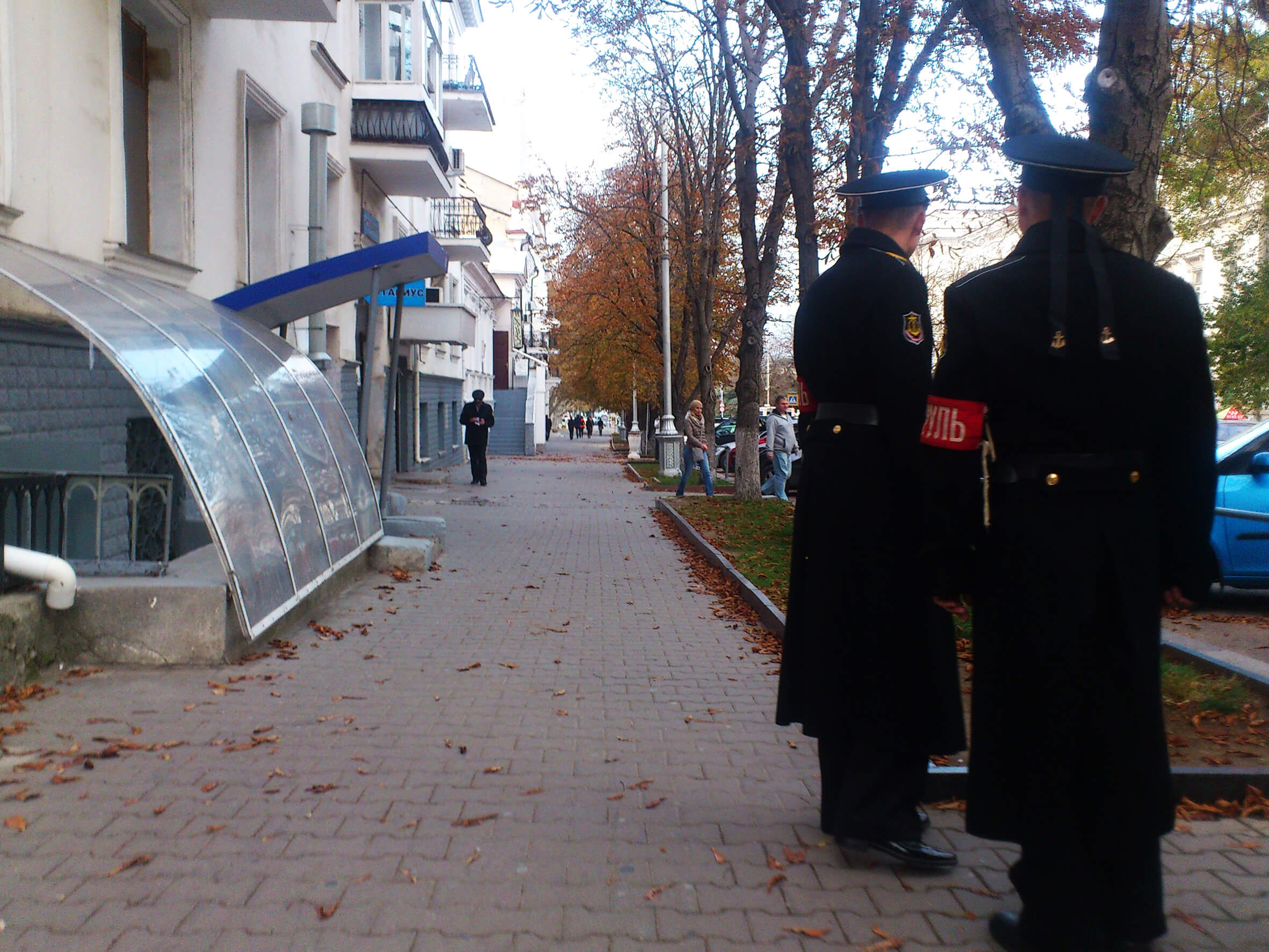
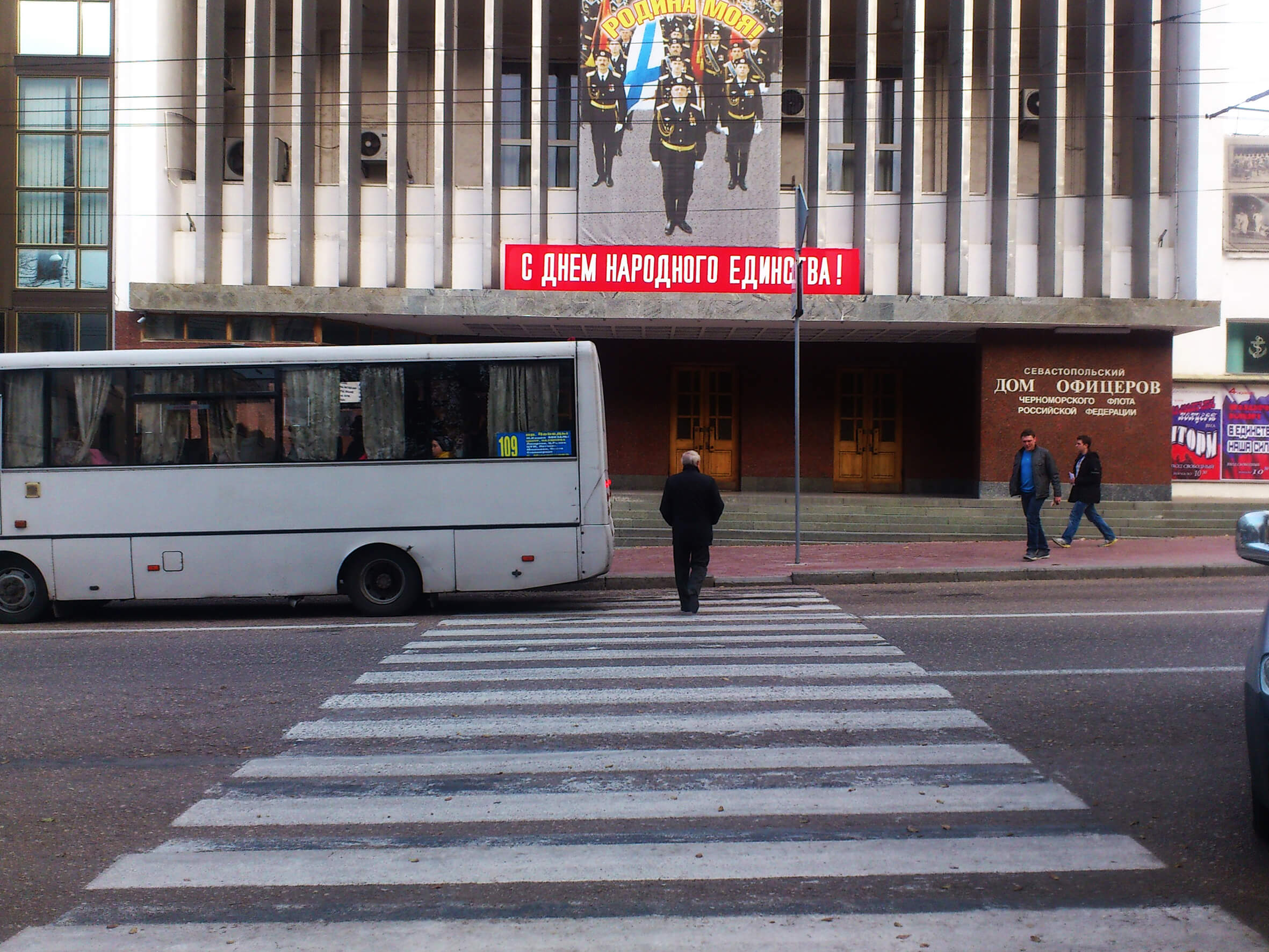
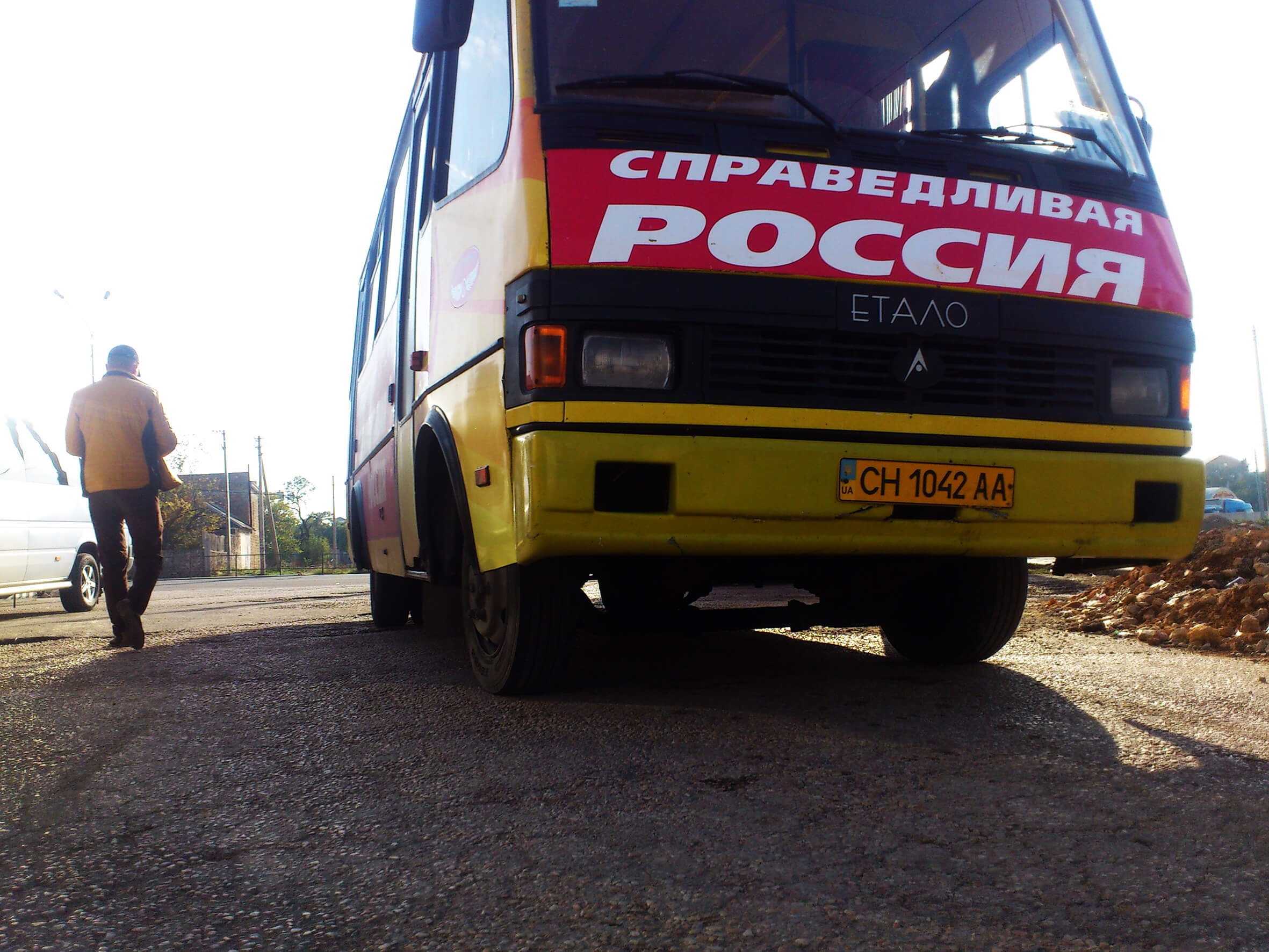


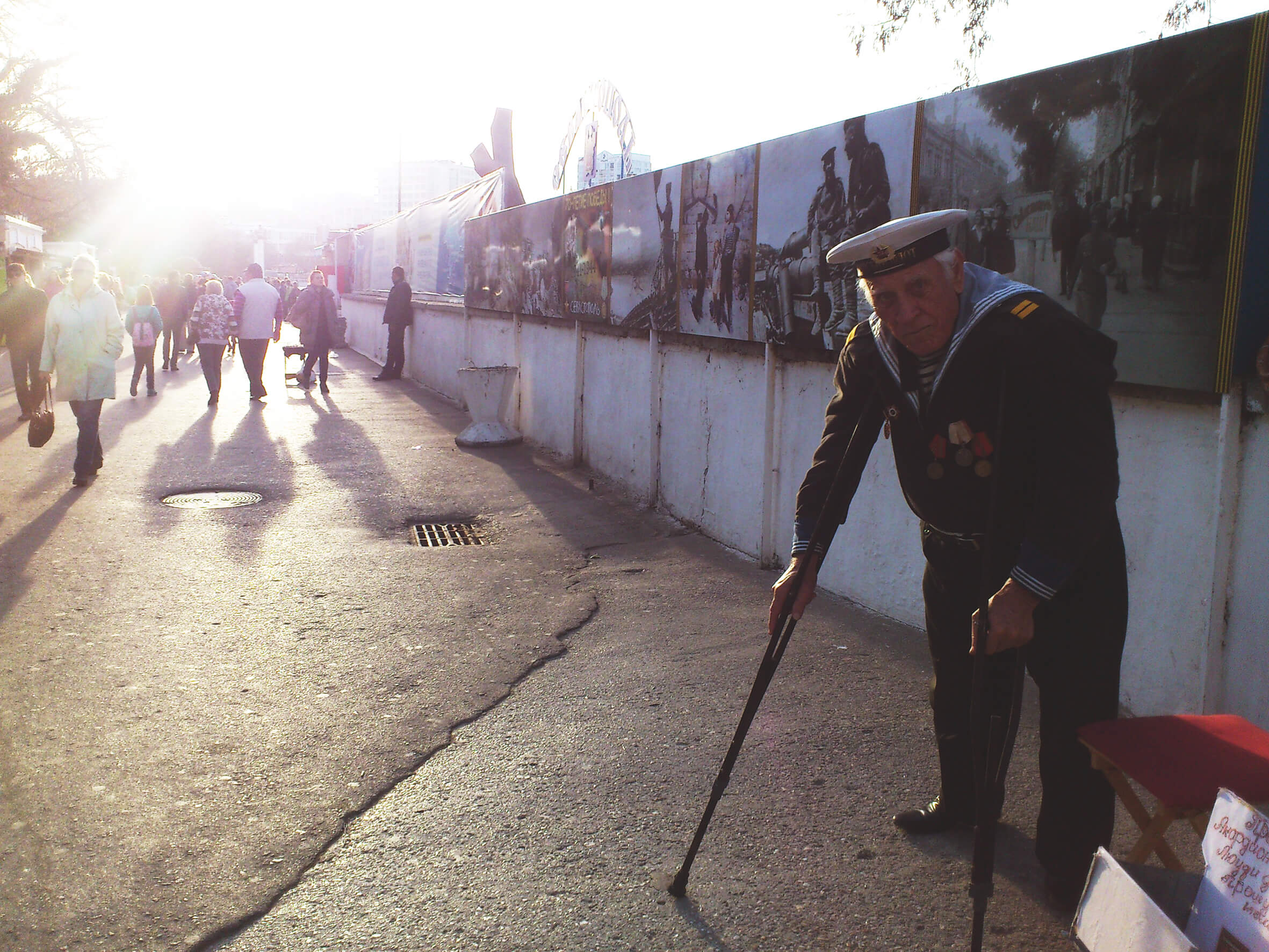

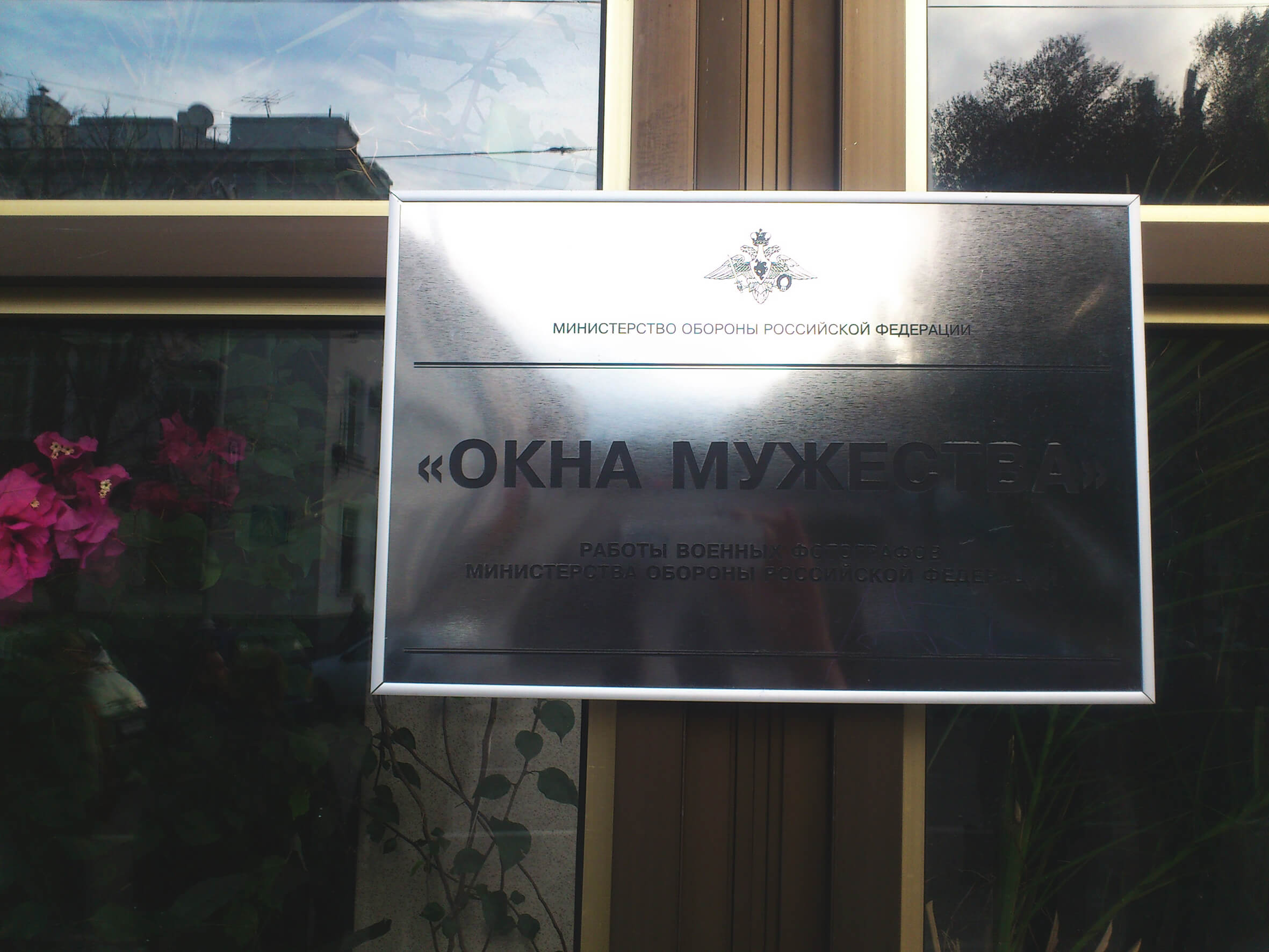
The scenario in Kherson was similar at the beginning, but the people of Kherson surprised me a lot — I thought there would be more collaborators. Of course, it was also much scarier in Kherson, the danger was strongly felt. If in Crimea I could even take pictures calmly, there I didn’t leave the house with my phone. We deliberately had button phones because they were checked at checkpoints. And on the day of the referendum in Kherson, almost everyone was hiding in their homes, except for those groups who went to vote on camera. Now we are all waiting for the Russians to finally be driven out of the left bank.
The scenario in Kherson at the beginning was similar, but the people of Kherson surprised me a lot.
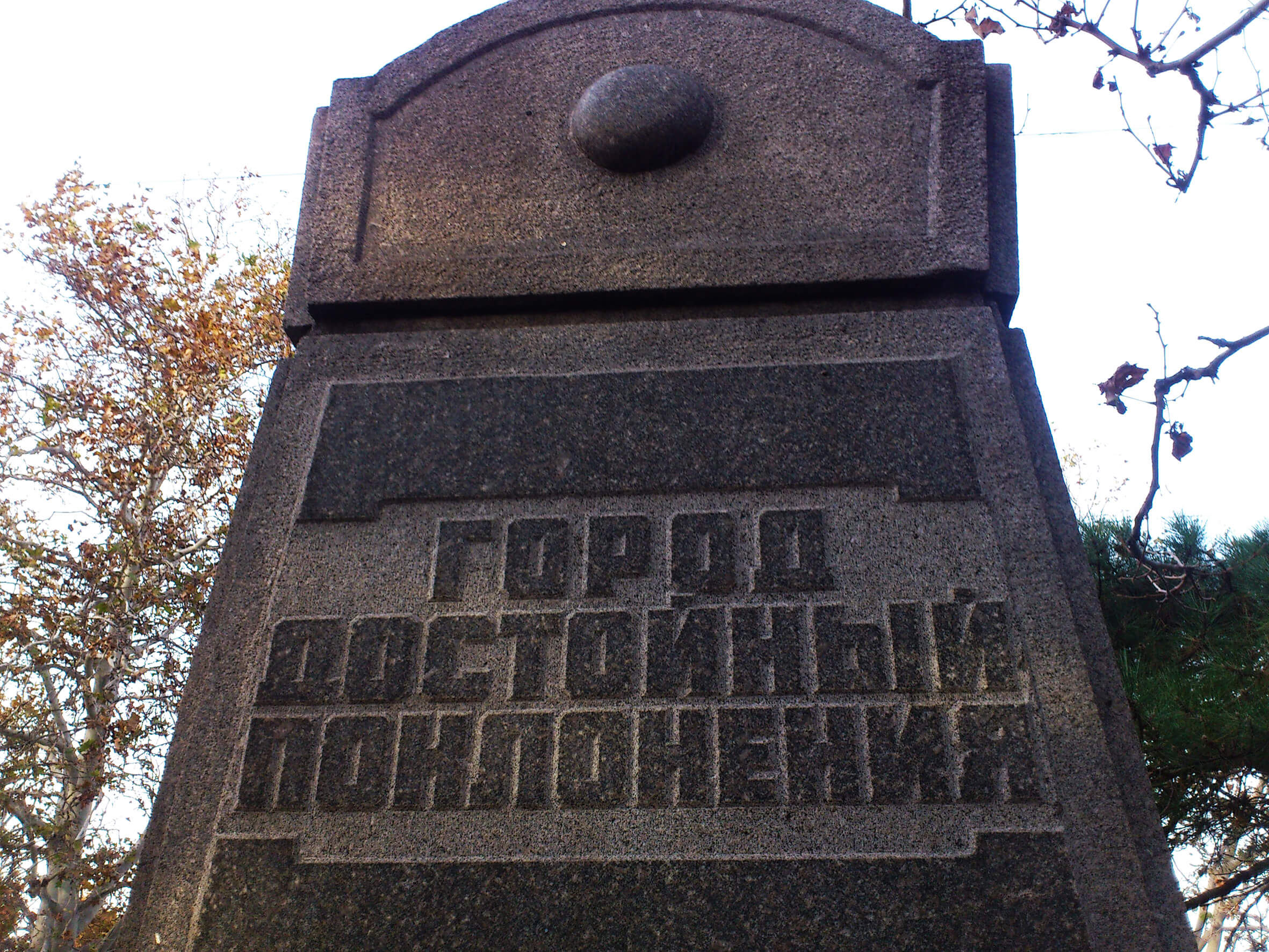
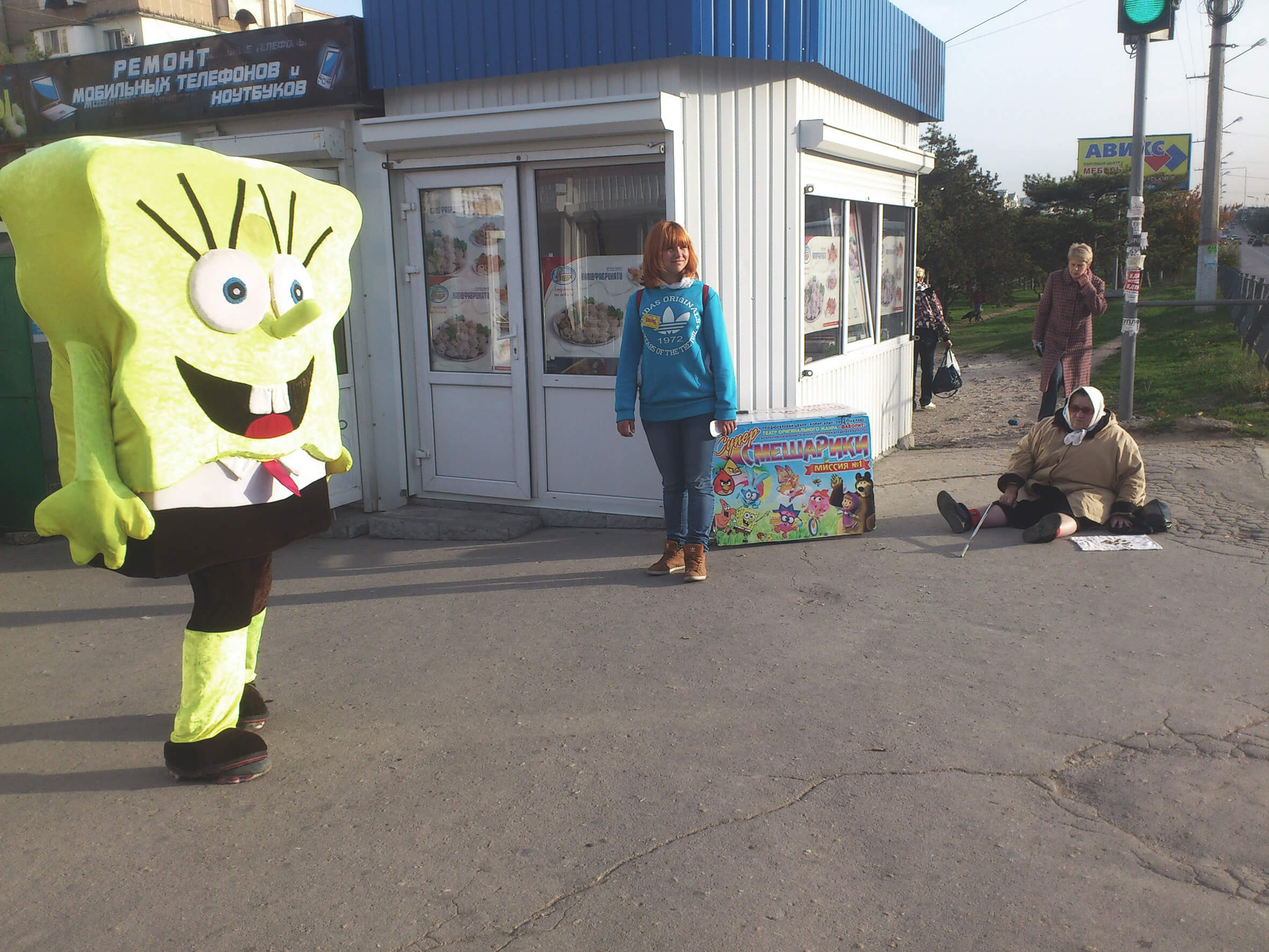
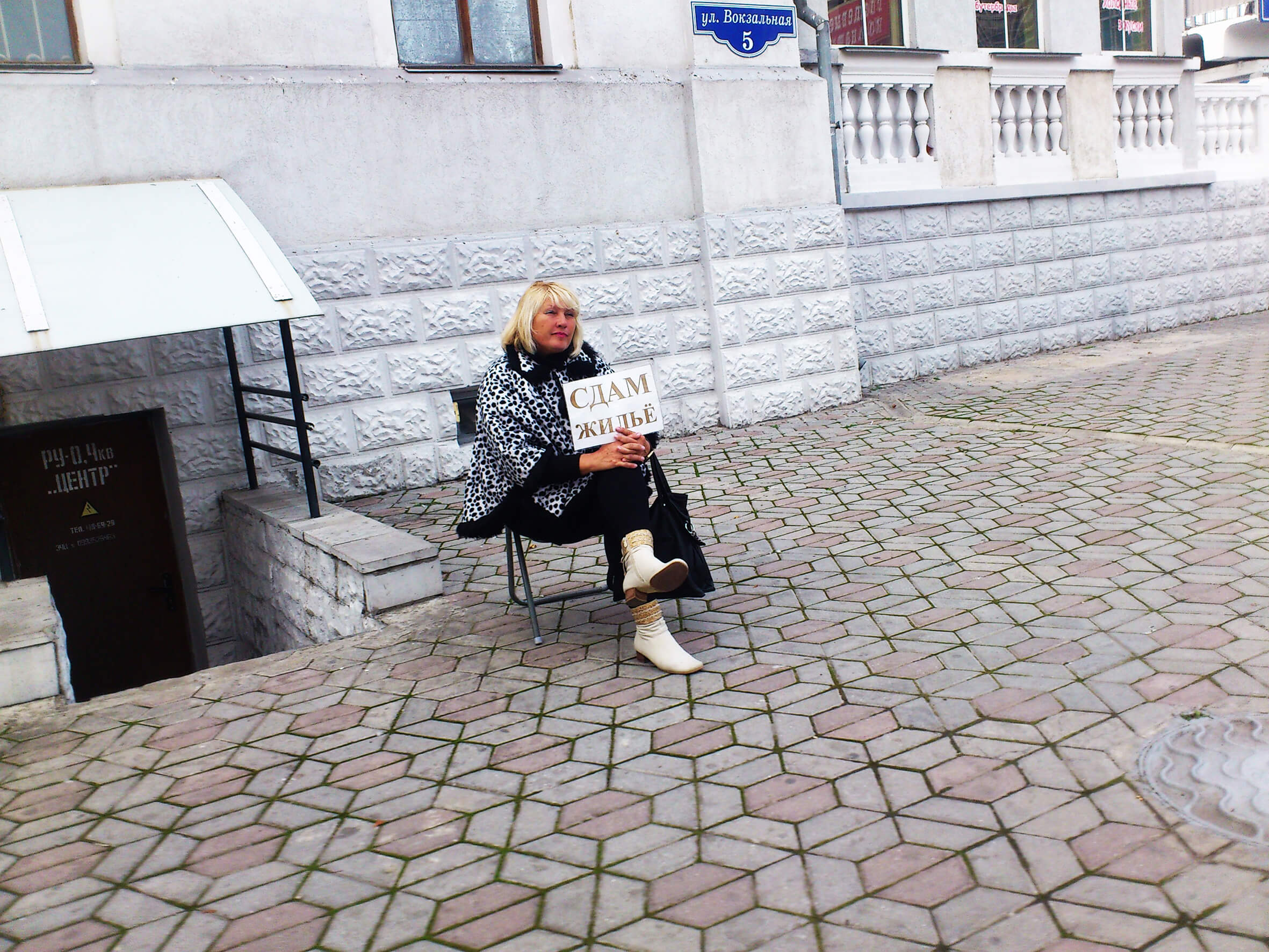
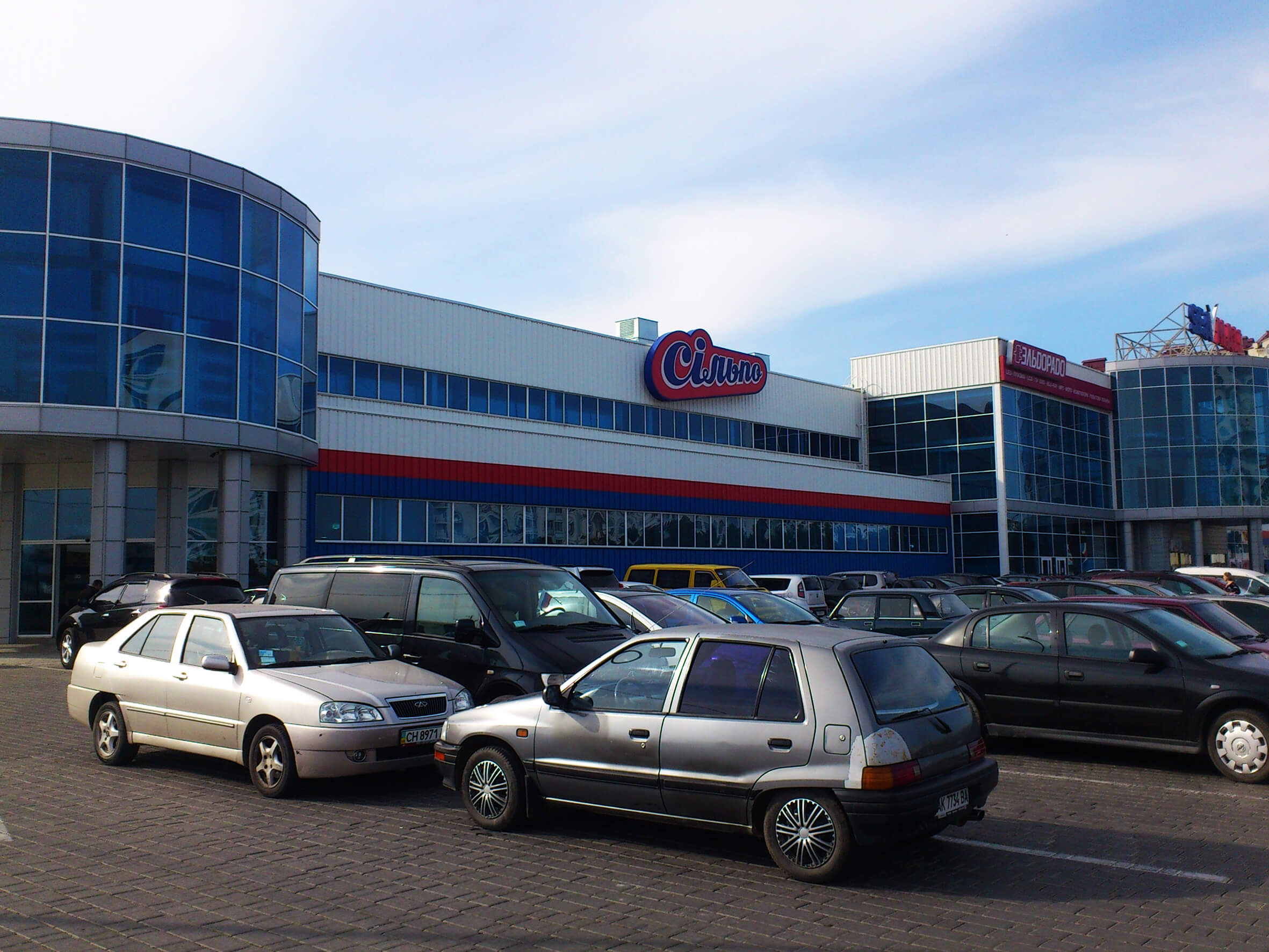
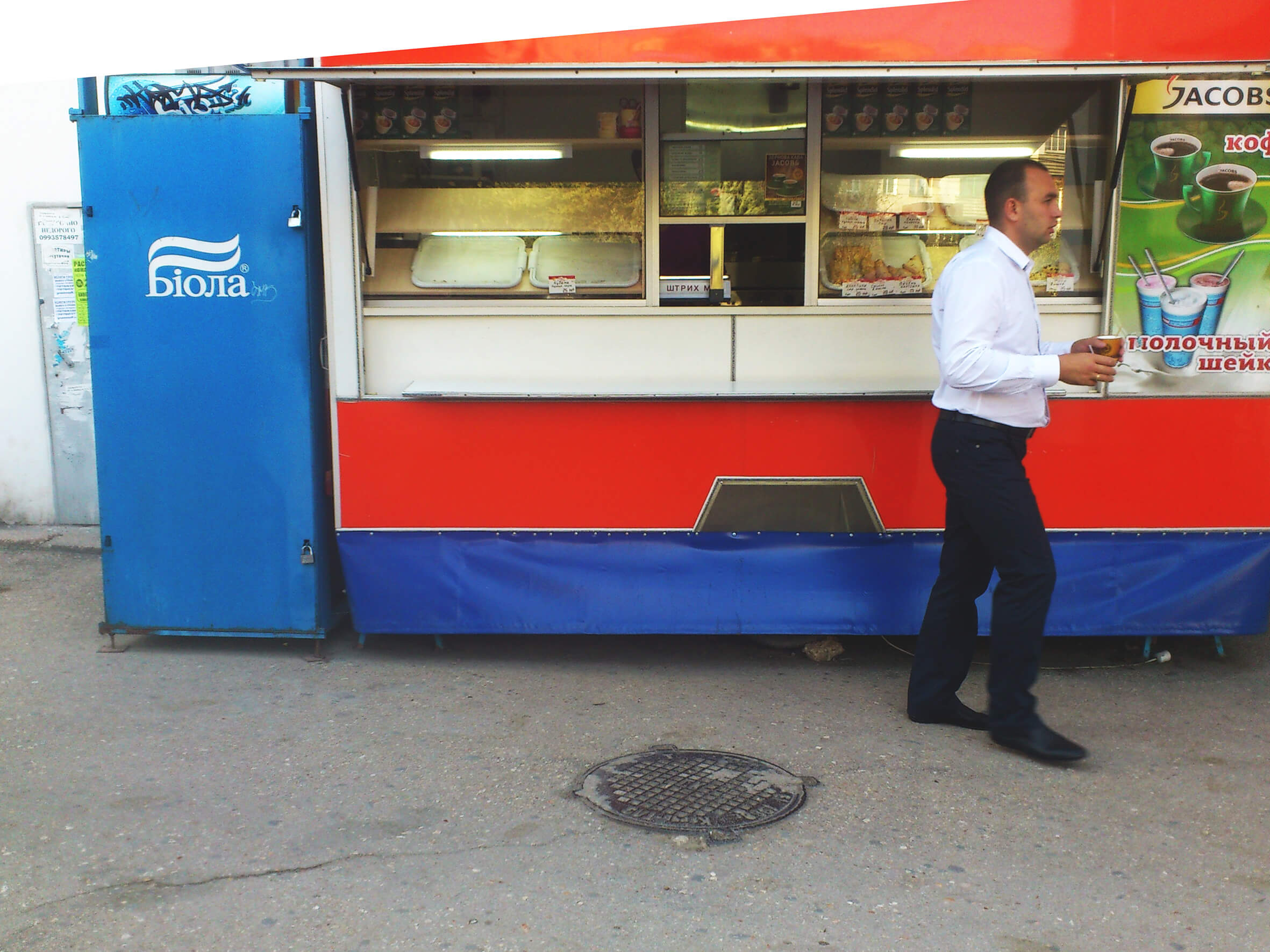
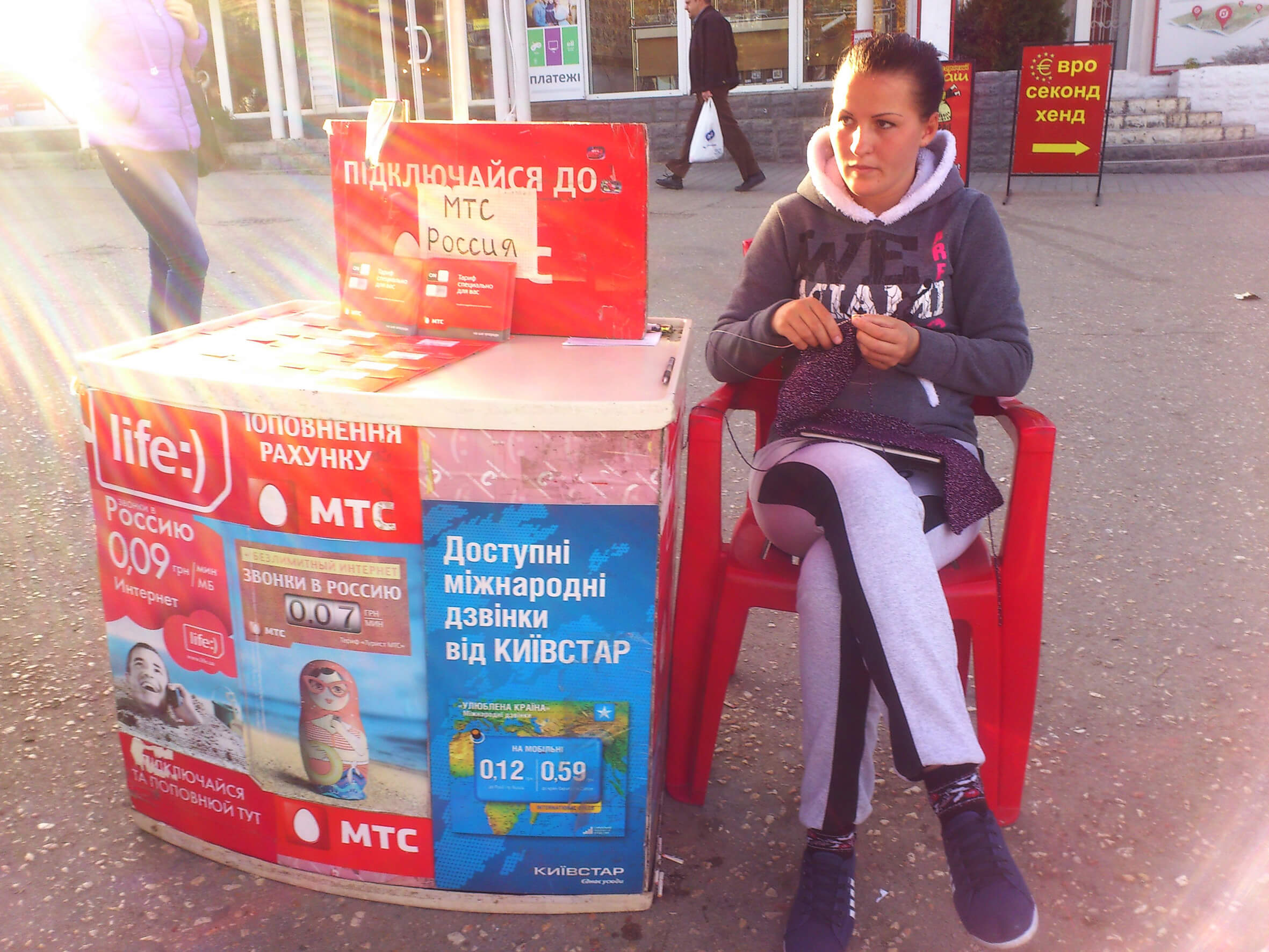
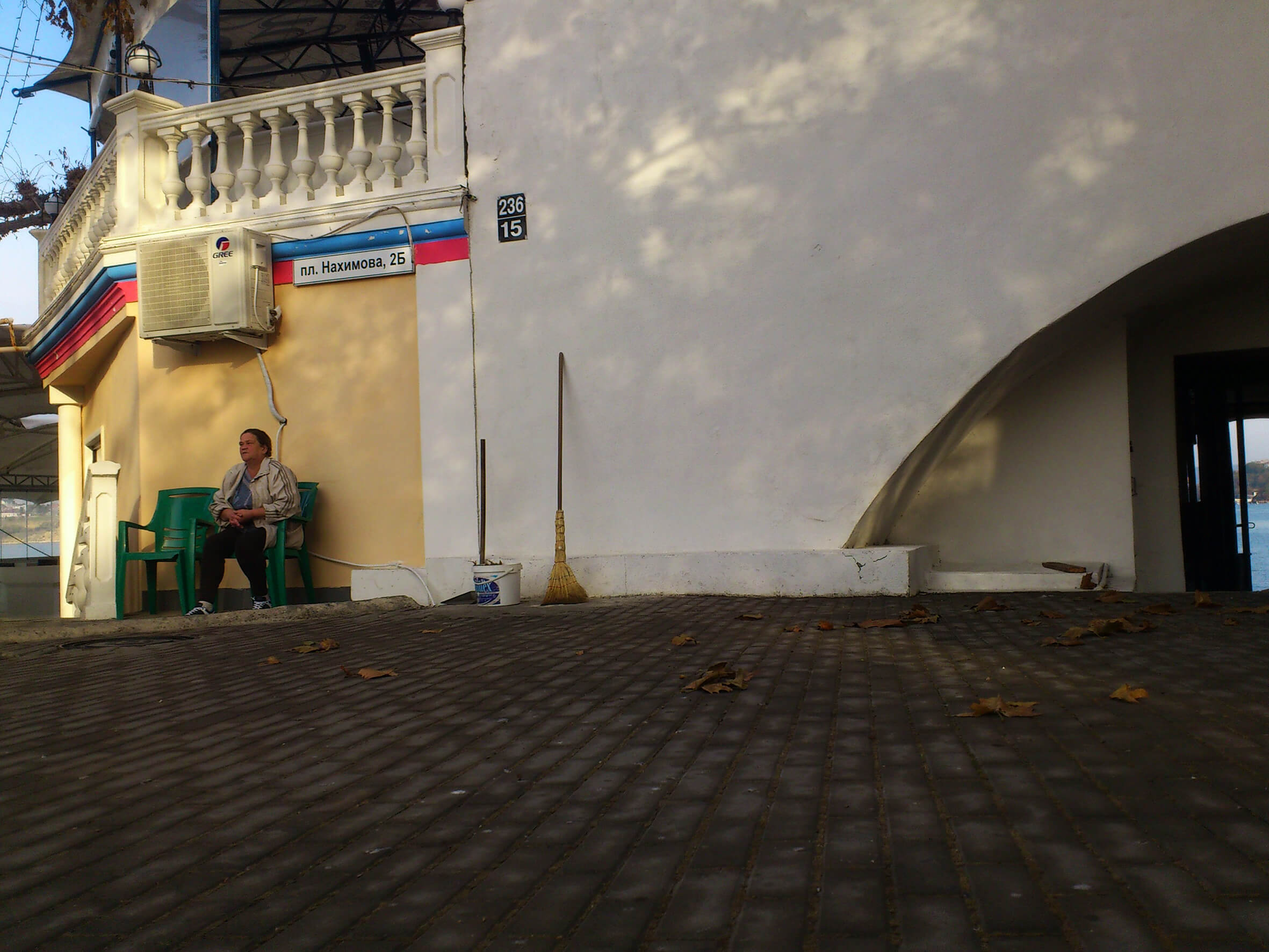
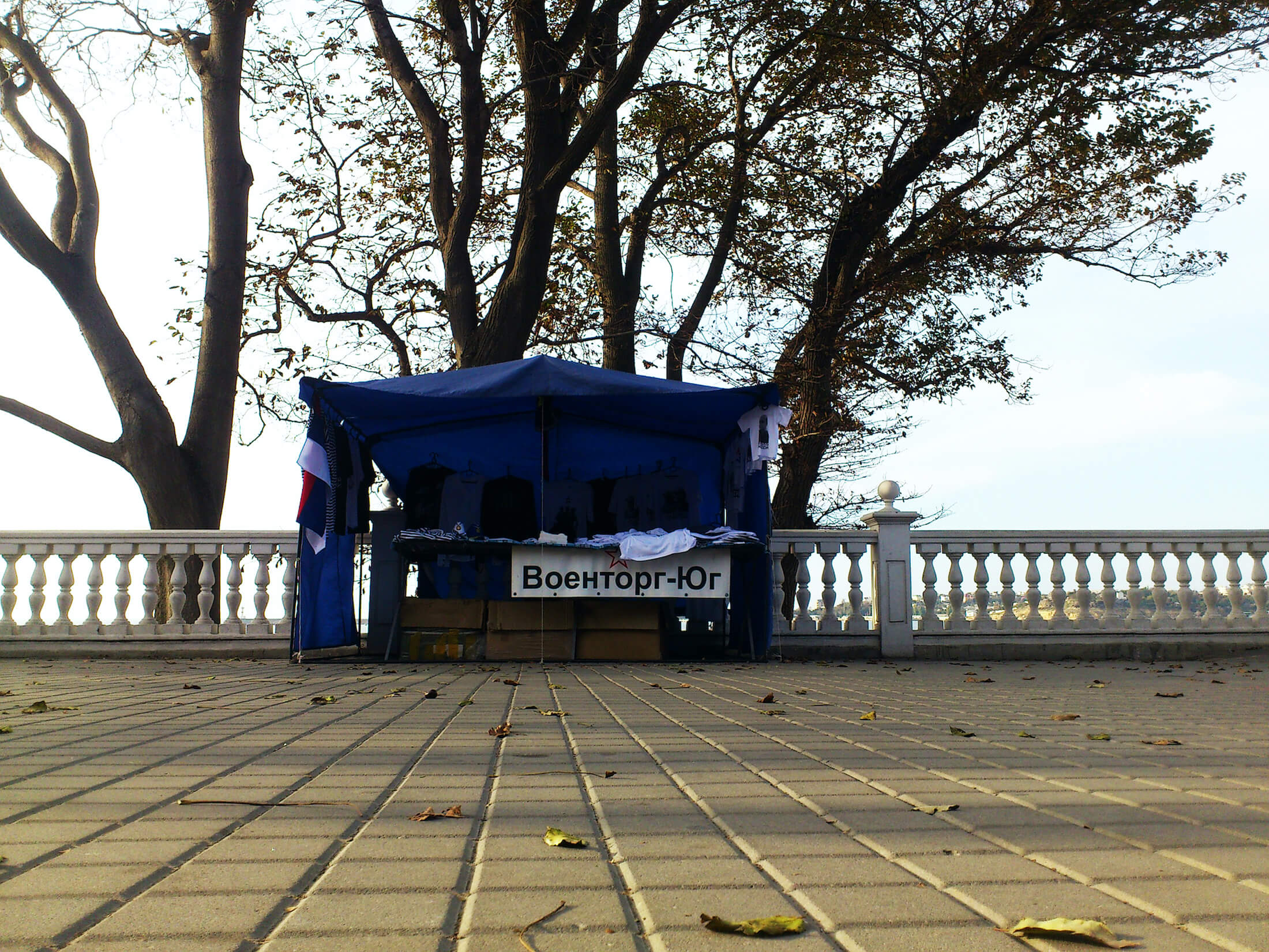
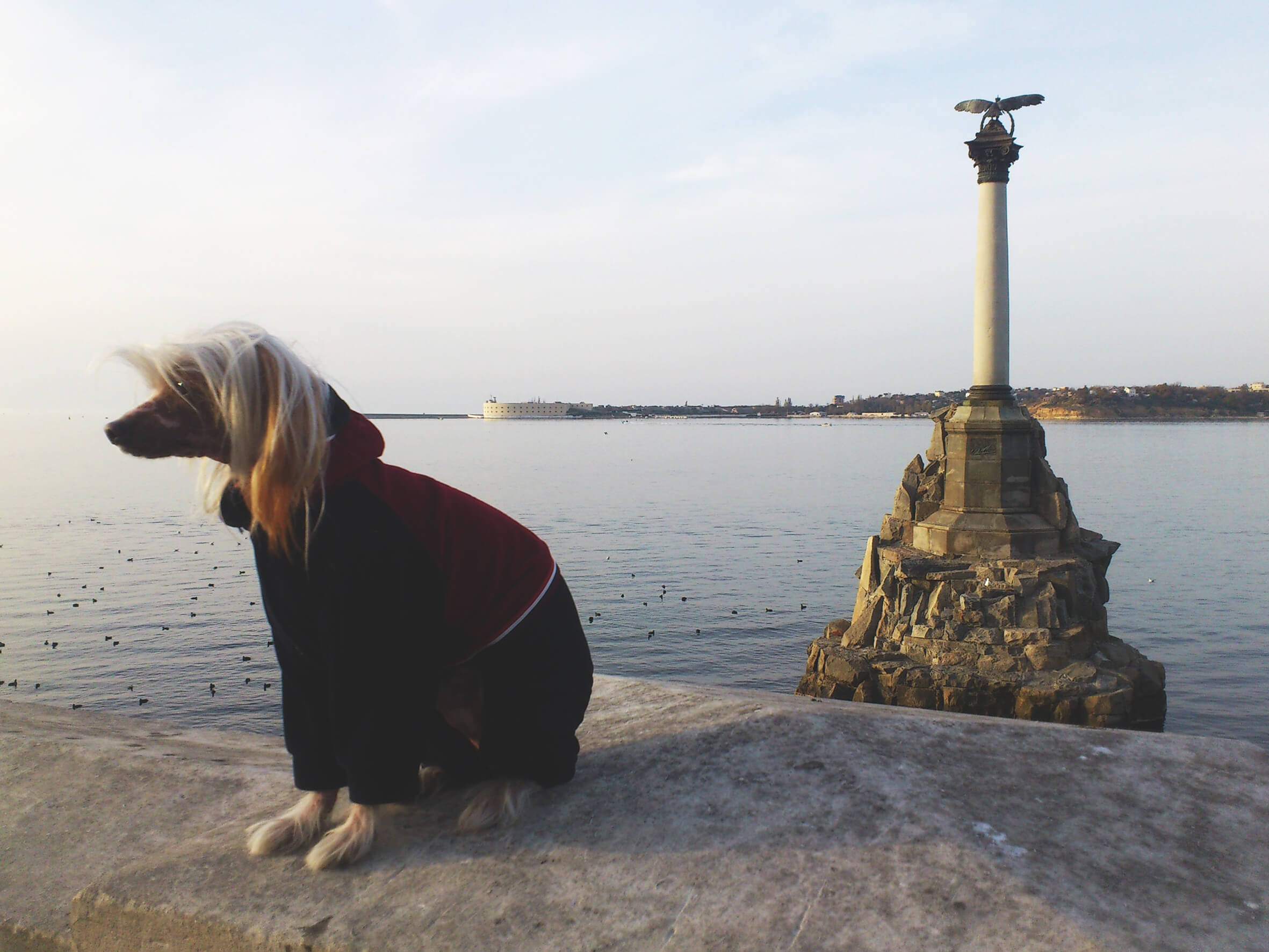
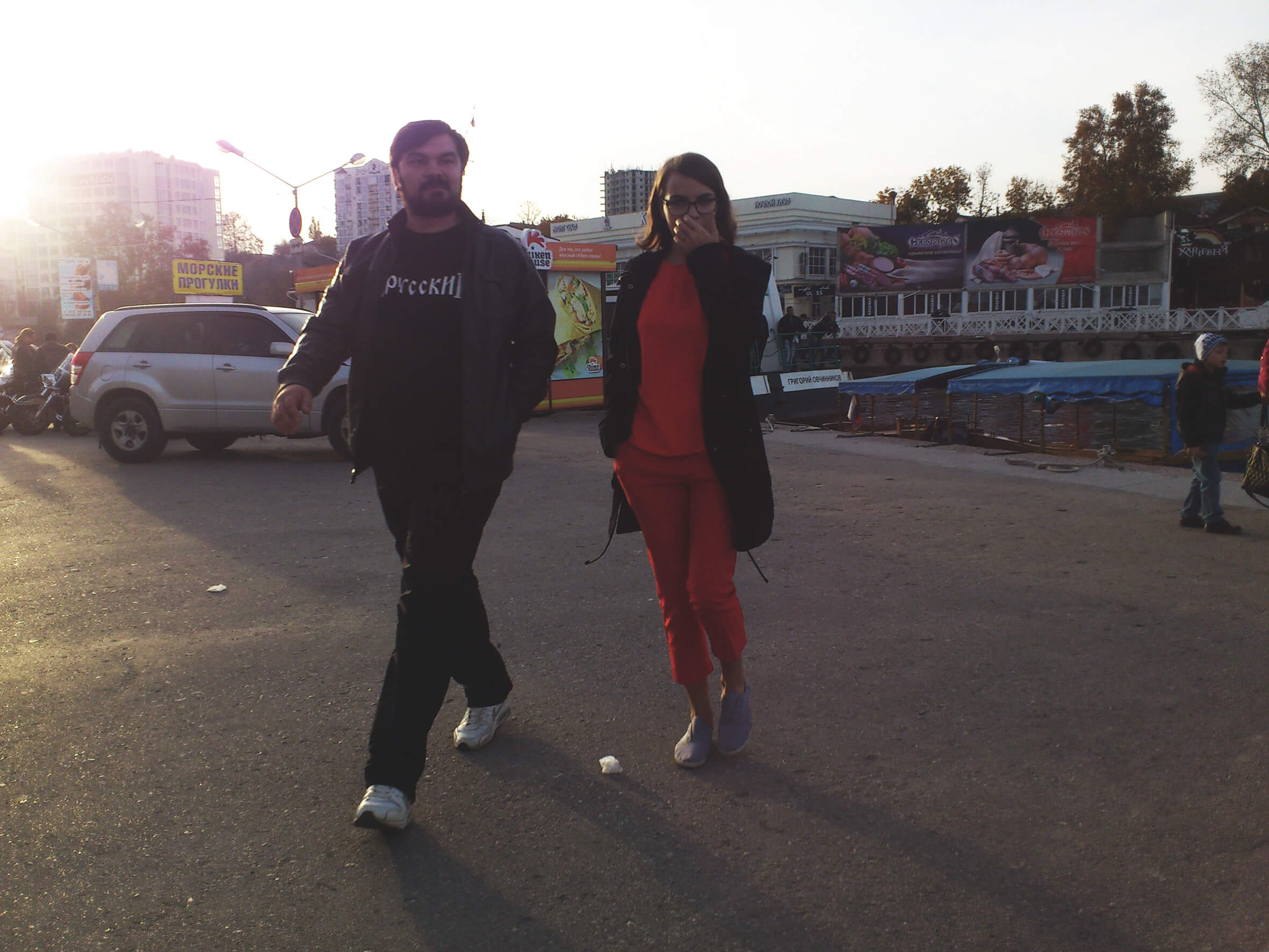
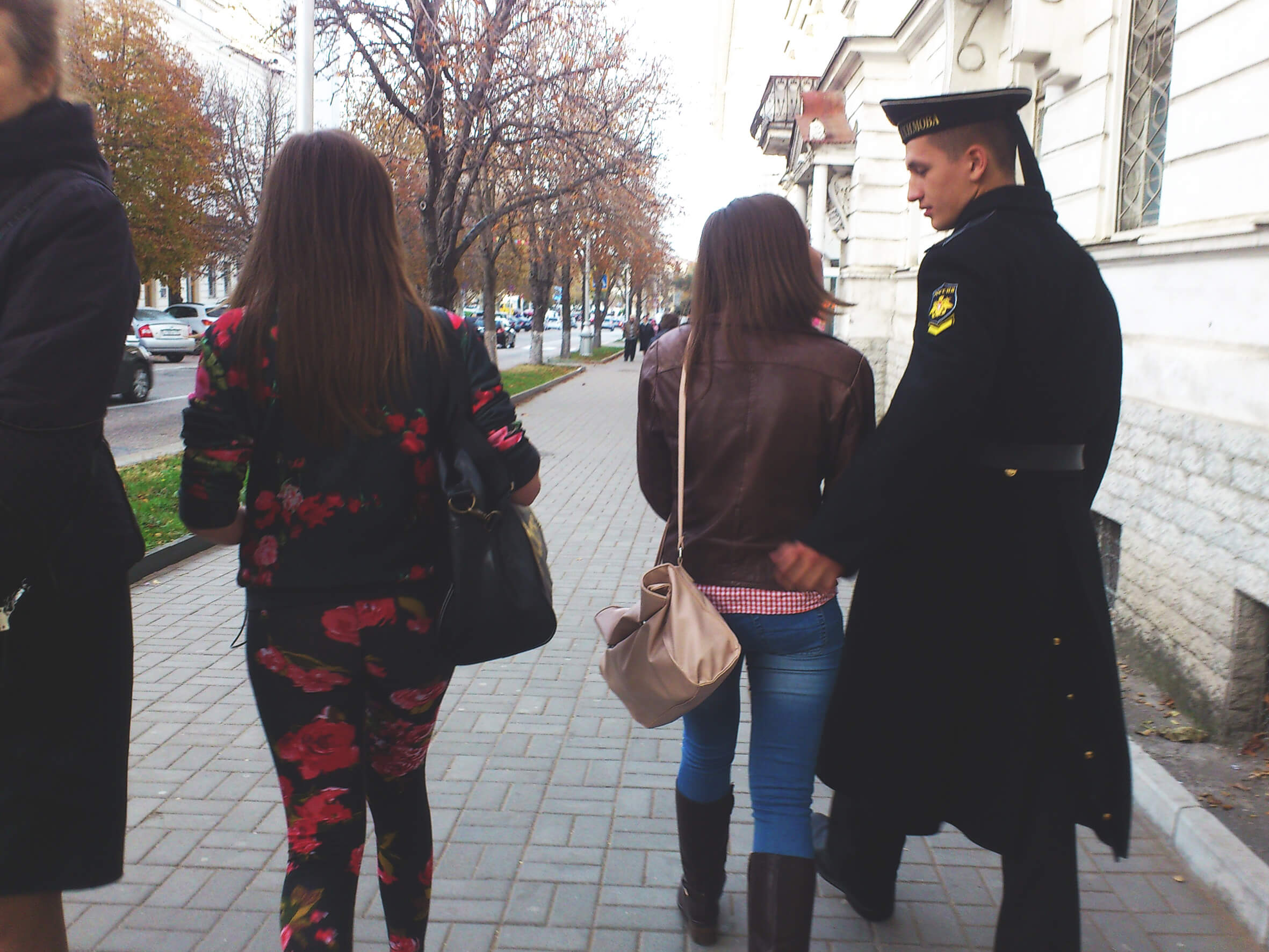
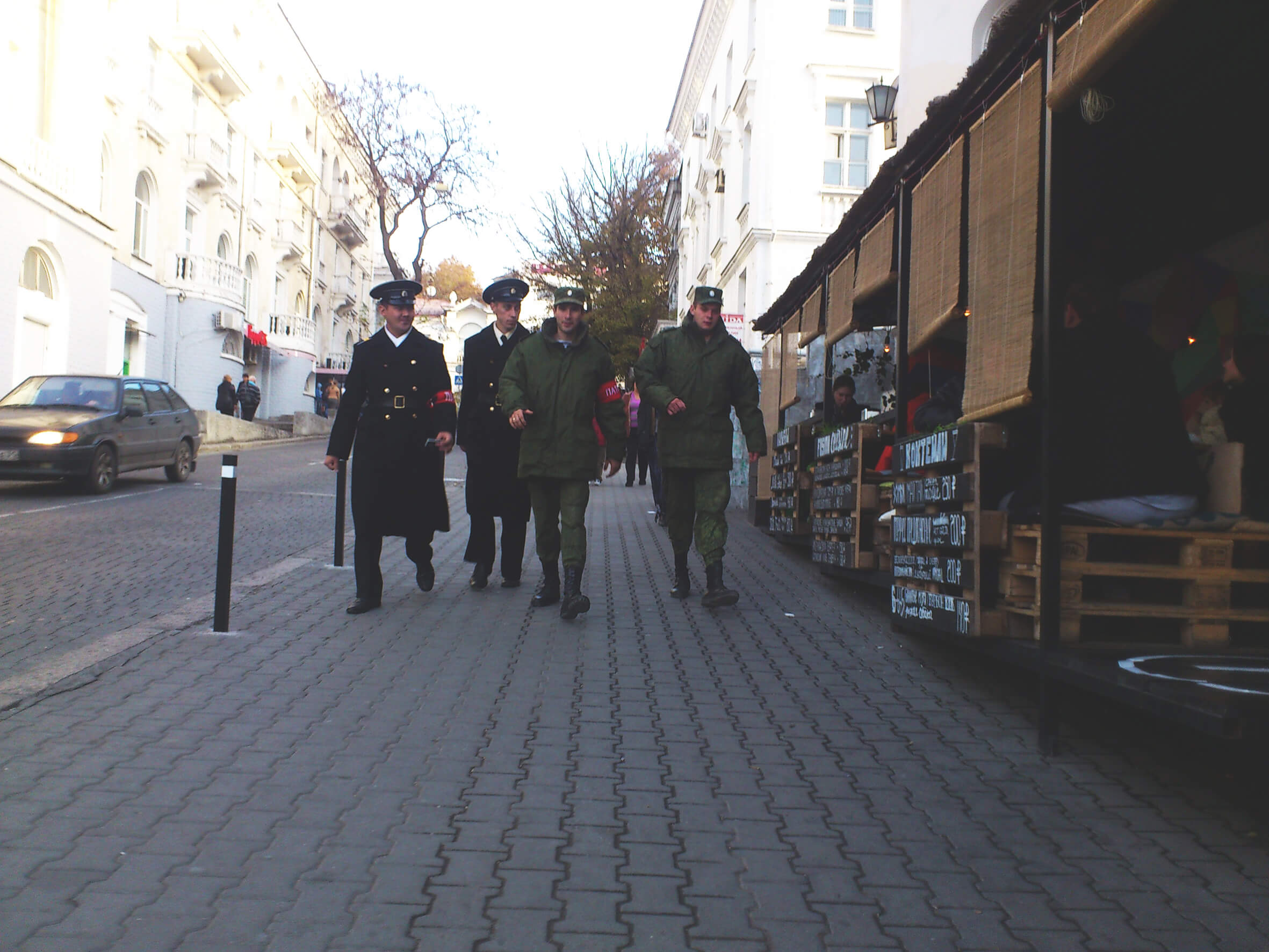
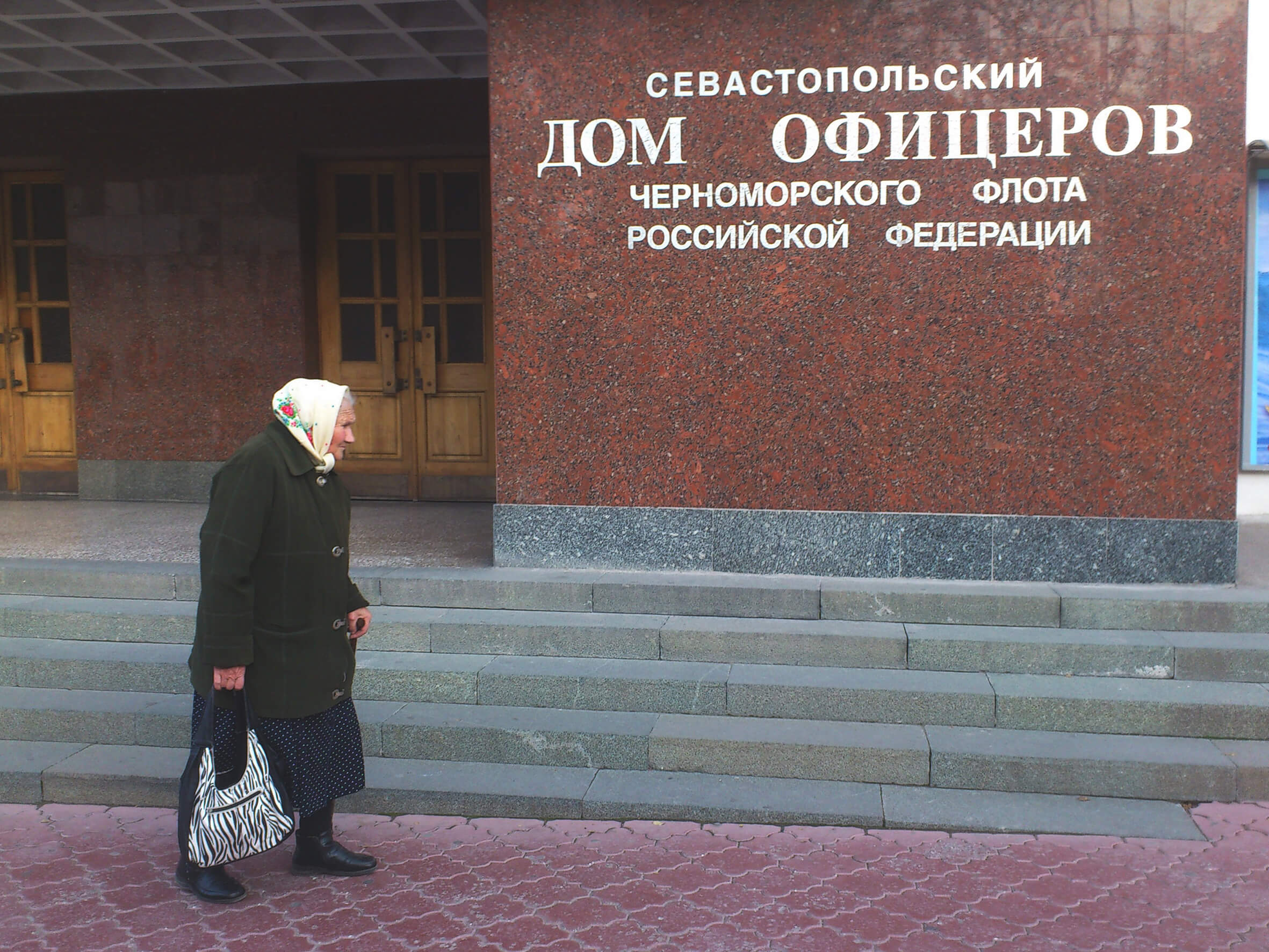
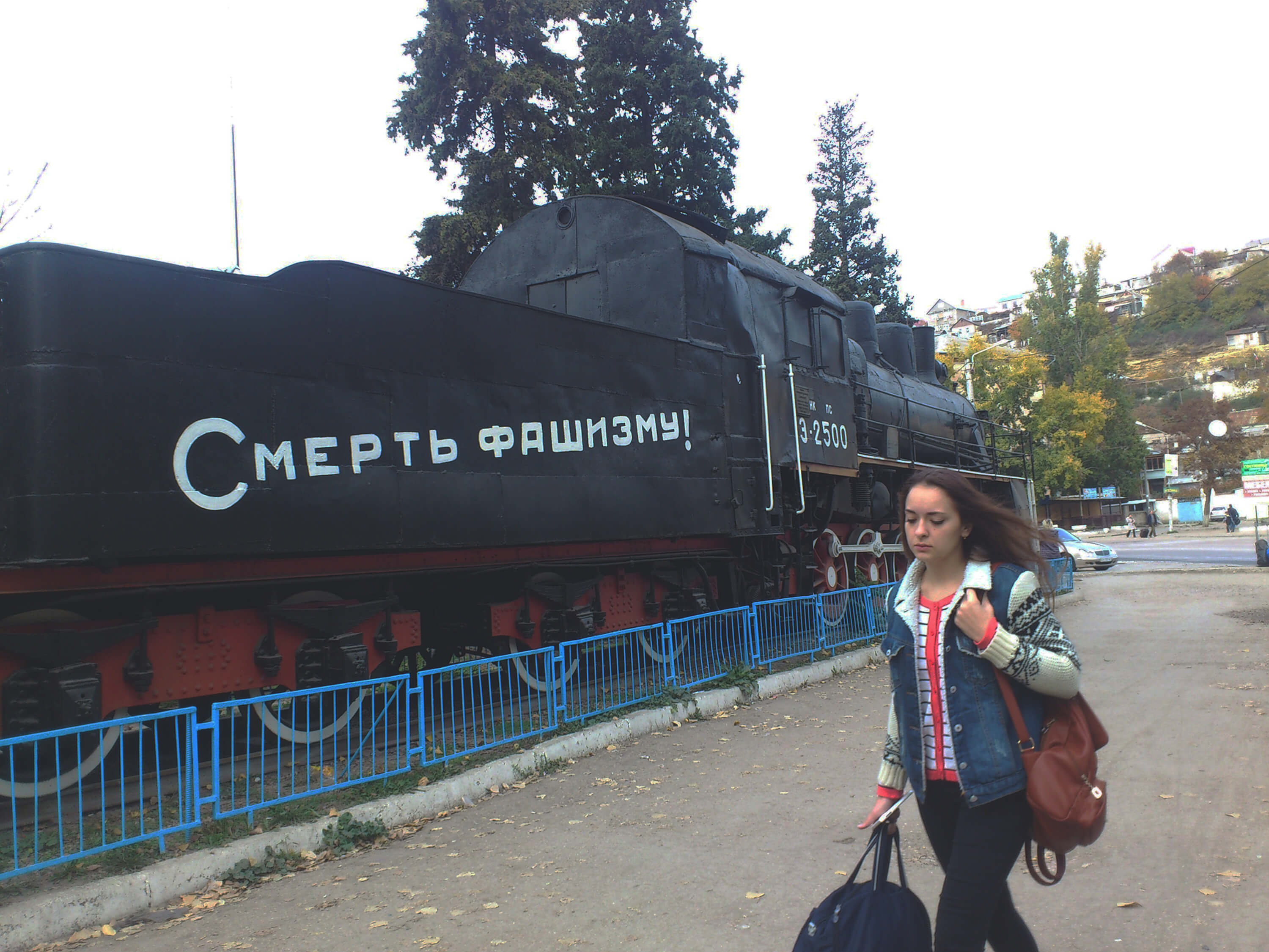

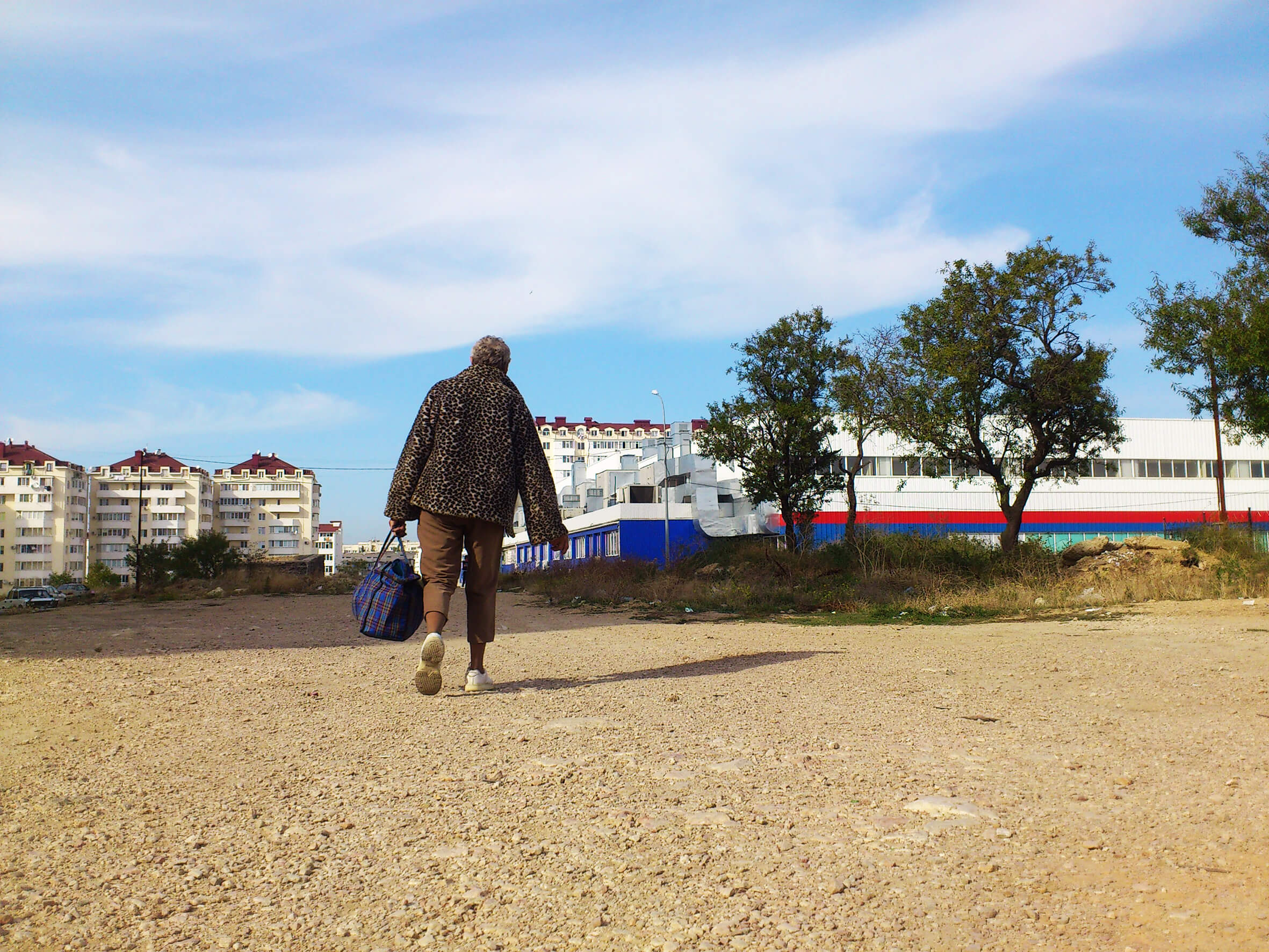
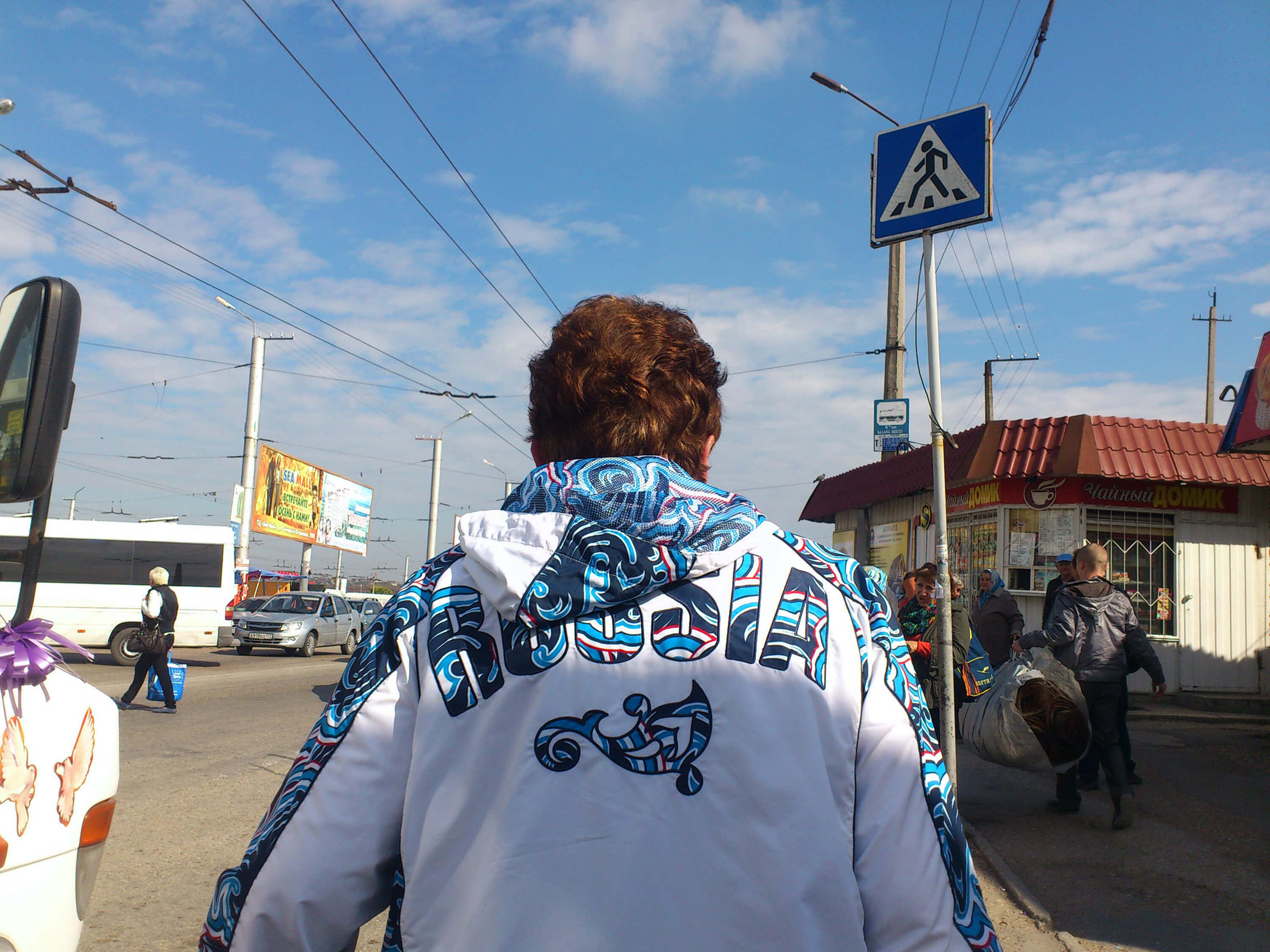
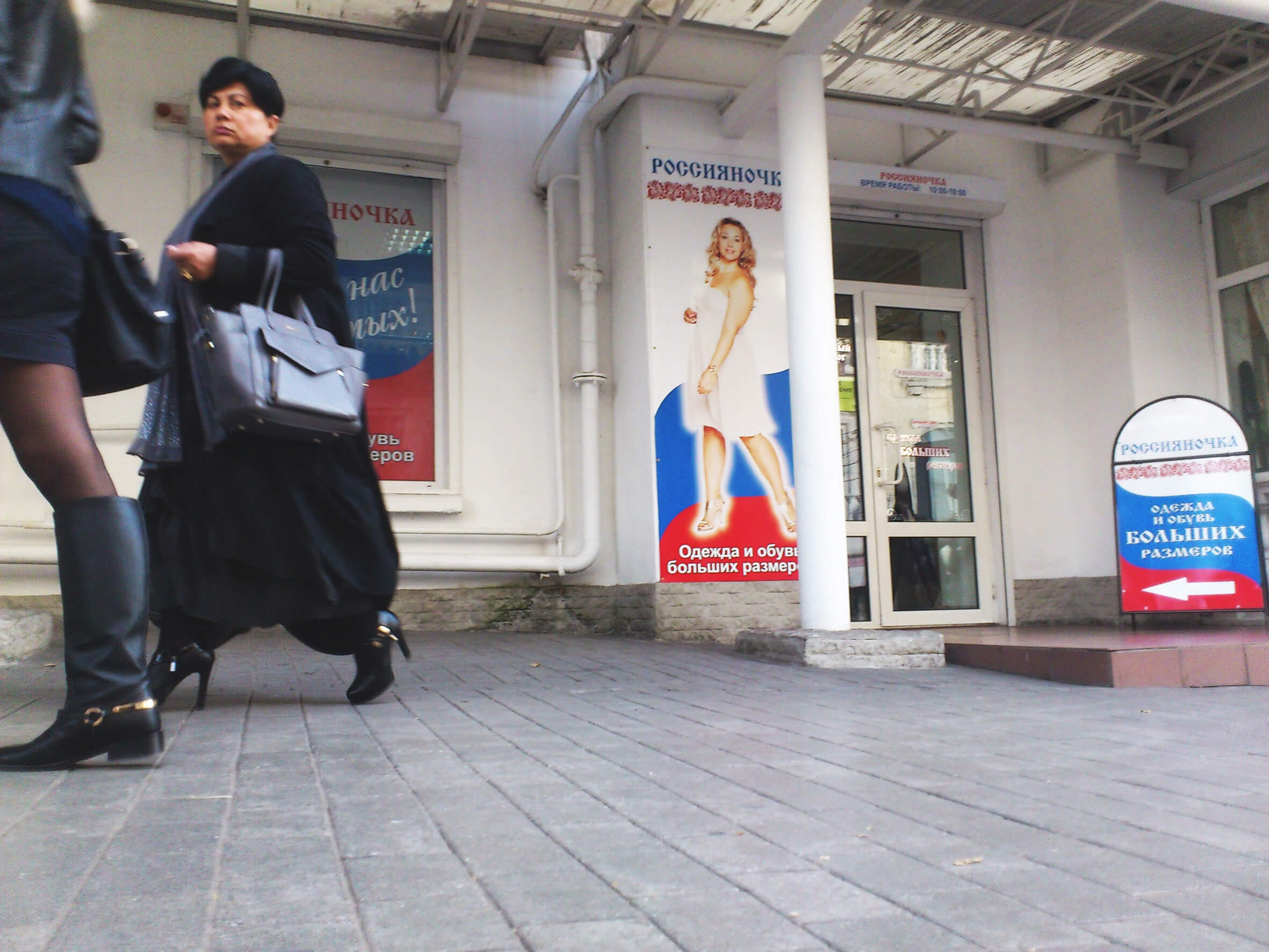

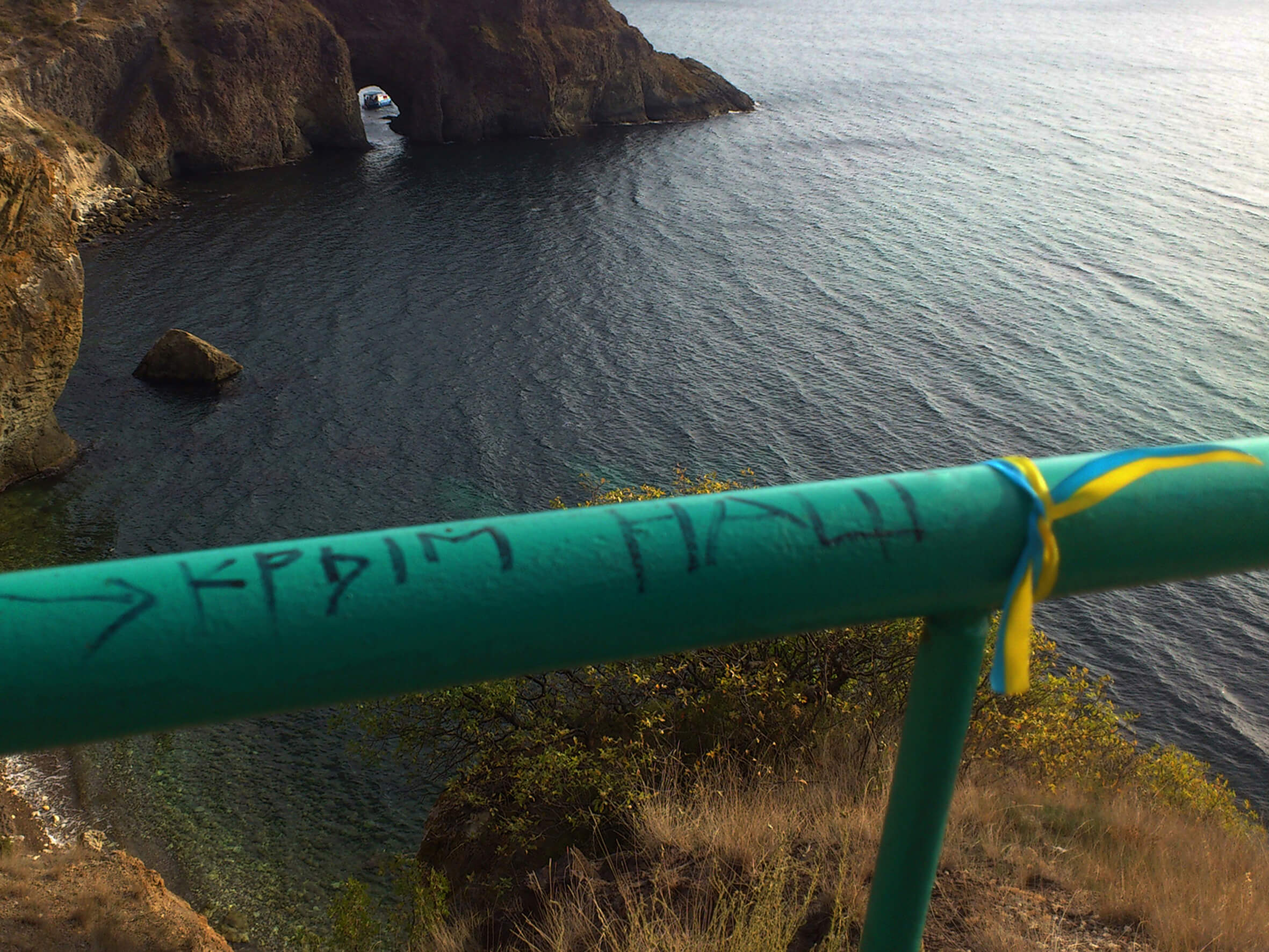
New and best
